The Immaterial Turns of Baumeister Jung





Several years ago, there was a group show in New York where one of Joseph Beuys’s felt suits was on display. In theory, a Beuys suit could be worn, but because of its status as art object coupled with its astronomical value, no one would dare slip it on. However, one night, someone broke into the gallery. Upon arriving the next morning, the gallerist observed something strange: the only thing missing was the Beuys suit. On the floor directly below the missing suit was a pile of soiled clothing. Evidently, the robber was a homeless man who, on a cold night, was simply looking for warmth. Like something out of an O. Henry story, he smashed the window, grabbed the Beuys suit, undressed, and left the gallery in a hurry in his new warm garments.
But that suit was worn at least once as evidenced by a grainy black and white photograph taken in 1970 of Joseph Beuys wearing it. The artist is standing in front of a battered whitewashed brick wall. Behind him, his dark shadow is projected, distorting his figure, his outstretched hand looking like he’s holding a gun. It’s got a gritty film noir feeling: the artist as gangster. But gangsters always wore immaculately tailored, wide-shouldered, double-breasted pinstriped suits. This is not that. Beuys’s suit is completely wrong; lumpy, oversized, and untailored, it’s more like a thick winter overcoat than a slick suit. It’s not deconstructed, it’s unconstructed. The arms are too long—covering his hands—as are the trousers, which bunch up at his ankles. The jacket, flung open, has no buttons. The lapels are too high, reaching up like little pointed bird wings to tickle his chin. Felt is no material to craft a suit from; it doesn’t drape, it shapes. Unruly and thick, it is ungovernable. Wearing the suit is a disaster, but displayed on a gallery wall, it’s a perfect image. Still and sculptural, its proportions feel just right. Without hands, the arms are of a proper length; without legs, the pants hang nicely; without a chest, the jacket closes completely; and without a neck, the lapels are perfectly proportioned.
The split between the figure and the object is intentional, referring to Beuys’s own myth of being rescued by Tartar tribesmen when his Luftwaffe plane went down. Unconscious, they swaddled him in felt and fat, healing him. After this, he was reborn as a heroic artist. Surely the felt used to rescue him in wasn’t tailored—chances are it was a sheet or shroud. Out of the experience Beuys, an artistic shaman, emerged with an iconic image—the suit. Icons take complicated stories and reduce them into something recognizable, the transformation of raw material into an image. His felt suit is exactly that.
When functional objects are placed in a gallery or museum, they cease to be functional, instead assuming the properties of display. The distancing of display implies that you may look but not touch. That distance feels particularly great when its clothing. Meant to be pressed up against one’s body—swaddled in, tried on, pawed, and patted—it is now off limits. No longer to be worn, garments are displayed on mannequins, acting as stand-ins for the actual bodies that once wore them. The absence of the physical body infuses the museum display with mortality (in many cases the bodies that actually inhabited these clothes are no longer living). It is this exact paradox that Beuys expressed by transforming his nearly fatal experience into a truly dead clothing-sculpture surrogate.
These questions are front and center in Baumeister Jung’s exhibition, Material Turn, where articles of clothing are displayed in a pristine gallery space. Because it’s a gallery, you can’t touch them the way you would, say, if those identical garments were on display in a boutique. But there are no mannequins here; instead, various garments are scattered about the space, placed directly on the floor, propped on chairs, or draped from nails pounded into brick walls. Dispersed in and around the garments are small interventions: a flow of bright yellow paint emerges from an HVAC vent, spilling onto the floor; a video is projected on the ceiling with a bare mattress below from which to view it; a row of tiny video monitors lean against a step showing acrobatic models moving about, clad in garments identical to those on display; a poster of a woman with her back turned to the camera also wearing a coat that’s in the gallery is glued to another brick wall. These interventions themselves are both derived from boutique culture as well as a fine art context—the video screens are found both in galleries and shops—thereby conflating the two.
Conflation is the metric at play here, posing some pressing questions: Are these clothing or are they sculpture? If they are clothing, is there a dressing room where I can try them on? If I purchase them, do I purchase them as clothing or as sculpture? Does that influence the price of the artifact? If they are sculpture, do they have sufficient formal qualities to be able to hold their own in the gallery space as fine art? By simply displaying functional objects in a gallery context, do they automatically become art, á la Marcel Duchamp? And how does the consideration of commercial garments in an artistic milieu influence the way we view the brand’s commercial value and vice versa?
Melitta Baumeister is a brand after all. She has dressed celebrities like Rihanna and Dover Street Market sells her clothes. But it’s more complicated: there’s something Beuysian—perhaps even shamanistic—about her. Whereas Beuys makes clothes that are wrong when worn, Baumeister makes clothes that are exactly wrong—too big, too stiff, or too thick. But unlike Beuys, when worn, they fit exactly right. And in the gallery as objects—perhaps due to these exaggerated qualities—they look just as good as they do on humans. The stiffness, for example, helps them to stand on their own in the gallery, giving them the necessary form to qualify both as clothing and as sculptures.
And Paul Jung is just as much a brand. A well-established fashion photographer with an impressive client list, he has created a book containing photo versions of Material Turn, which shows a model clad in the same garments that are on display. While the clothing in the gallery falls on the side of sculpture, the images in the book fall on the side of fashion. They’re both at once; the book is the show and the show is the book. In the gallery, for instance, a white coat emblazoned with the word BAUMEISTER across the back is also printed with a selection Jung’s images from the book. And there on the floor is a black bell-shaped dress that is the one the model in the book is wearing. Same with the trio of thick white paper dress, pants, and jacket casually leaning against the wall, like figures out of a late Philip Guston painting. In the book, there are photos of those same white garments worn by the model standing outdoors in front of rows of crops in a sun-drenched California landscape. And finally, the show’s tour-de-force—a mysterious oversized black coat propped upon a chair—is replicated by a model in the book in the identical posture as the garment in the gallery.
Material Turn is a differential project. A differential art work is one that takes many forms. Here the differential is the play between the gallery, the boutique, and the book. The show invokes Duchamp, whose entire oeuvre was based on differentials. Baumeister Jung’s figuration is reminiscent of Duchamp’s erotic and violent tableau, Étant donnés (1946–1966). And the transformation of the commercial into fine art by recontextualization is a reminder that the readymade has always been once both functional and purely aesthetic. (Countless people have taken a piss in Duchamp’s urinal in museums around the world.)
Material Turn also resonates with the installations of Robert Gober, whose disparate elements—also often involving garments—resonate with other nearby objects, creating eerie fractured narratives, similar to Baumeister Jung. Gober’s installations often permit you to enter into them, turning you into one of its sculptural elements. Same thing in Material Turn: walking through the mostly black, white, and gray space, I became one of the objects. At one point I became aware of the fact that like all the garments in the space, I too, was wearing only black and white. As I looked around me, I saw that everyone else in the room was also wearing the same color palate. Turning my head, there was a couple laying on the bed watching the video. In the back room, people were hanging out eating strawberries.
So what was this? A gallery? A boutique? A scene? A book? It was all of the above. One material turns into another; art to fashion; fashion to art; art to literature. Material Turn was a mashup of Dia:Beacon and Dover Street Market, which makes perfect sense at a time when the lines between art and fashion have blurred. This is underscored by a recent series of Calvin Klein ads that positions underwear-clad models in front of large-scale contemporary art by Andy Warhol, Richard Prince, Dan Flavin, and Sterling Ruby, in pristine white boxes with polished concrete floors that looks an awful lot like Dia:Beacon—as well as the gallery where Material Turn was shown.
The making of art is ceaseless, a never ending process. The cycles of fashion, too, are eternal, one season melting into another. The museum attempts to halt those cycles. Part morgue, crypt, tomb, repository, the museum is site of preservation, of eternal stasis. But rust never sleeps. Recently, it was discovered that a Beuys felt suit in a German museum was being devoured by moths. It was subsequently removed from the gallery for repairs. Like maggots, moths are voracious creatures hellbent upon decay—all of which would’ve delighted Beuys, who he said of his suit that “…in a relatively short time it’ll lose its shape because felt is not a material which holds its form.” His implication is also a material turn; as they age, bodies lose their form, making a material turn to dust. After Baumeister Jung’s show was dismantled, it too took yet another material turn. Those garments, recently fine art objects, might have reverted to their civilian status—perhaps even back to Dover Street Market—where they were offered for sale, embodied by the human form once again.
Kenneth Goldsmith’s writing has been called “some of the most exhaustive and beautiful collage work yet produced in poetry” by Publishers Weekly. Goldsmith is the author of fourteen books of poetry, founding editor of the online archive UbuWeb, and the editor of “I’ll Be Your Mirror: The Selected Andy Warhol Interviews,” which was the basis for an opera, “Trans-Warhol,” that premiered in Geneva in March of 2007. An hour-long documentary on his work, “Sucking on Words” was first shown at the British Library in 2007. He teaches writing at The University of Pennsylvania, where he is a senior editor of PennSound, an online poetry archive. He held The Anschutz Distinguished Fellow Professorship in American Studies at Princeton University for 2009-10 and received the Qwartz Electronic Music Award in Paris in 2009. In May 2011, he was invited to read at President Obama’s “A Celebration of American Poetry” at The White House, where he also held a poetry workshop with First Lady Michelle Obama. In 2011, he co-edited, “Against Expression: An Anthology of Conceptual Writing” and published two books of essays, “Wasting Time on the Internet” and “Uncreative Writing: Managing Language in the Digital Age,” which won the 2011 Association for the Study of the Arts of the Present Book Award. Goldsmith participated in dOCUMENTA(13) in Kassel, Germany (2012). dOCUMENTA(13) published his “Letter To Bettina Funcke” as part of their “100 Notes – 100 Thoughts” book series. In 2013, he was named as the inaugural Poet Laureate of The Museum of Modern Art in New York.
- Man on Ship 08.2024
- Boys Told Not To Swim 07.2024
- Phoini cuts onions in kitchen with sunglasses 07.2024
- Self-portrait 07.2024
- The Day After the Sexual Revolution 07.2024
- Mapping the four discourses and the Olausson’s Family 07.2024
- Grandma holding my terror 07.2024
- A Spring of Bittersweet Melodies
- Beyond Fashion 2019-2023
- Sadness of Pleasure: Zen and the Art of Squirt Feb 14, 2023
- My Film with Andrei Dialectic 12.02.2022
- My Film with Andrei Review by Felix Ruckert 22.01.2022
- Collected writing
- Neoliberal Imagery, Colonialism and Identity
- My Film with Andrei Poster Experiments
- My Film with Andrei, Or: How I Learned to Stop Worrying and Document a Sex Party PRESS PREVIEW (2021) 2021.11.14
- My Film with Andrei | Official Teaser HD (2021) 2021.11.28
- My Film With Andrei Or: How I Learned To Stop Worrying and Document a Sex Party 2021.11.28
- Tokyo Recordings 03.09.2021
- No Country for Diasporic Men album 22.07.2022
- Thomas Azier 2020.10.29
- River Crossing 2020.10.23
- Nowness Asia Interview 2020.07.24
- In Conversation: Thomas Azier and Ayoto Ataraxia 2020.05.19
- Hold On Tight 2020.05.01
- Breathless
- A moment in Paris
- Eclipse of my heart
- P.K. 14 Portraits
- The Moon
- The Room
- PJW577 Bodies
- Future Spaces
- Beyond Fashion Exhibition 2019.01.01
- A$AP Rocky
- Pure Barre
- A new face
- PJW576 Intimacy
- Sunrise
- On the roof with Colleen
- Ana-Leigh
- Feeld — Intimacy Research
- Feeld in London
- PJW572 Vogue Italia 2017.04.17
- The Kinfolk Entrepreneur
- PJW555
- PJW554
- Hermès
- PJW551
- PJW543
- PJW542 Interzone
- PJW541
- PJW535
- Face
- PJW527
- PJW520
- PJW515 2015.10.15
- PJW512
- PJW508
- PJW505 Material Turn
- The Immaterial Turns of Baumeister Jung 2017.10.21
- Violet Hands 2017.12.09
- PJW506 LAB
- Visionaire: Brooklyn Dreamspace 2016.12.01
- PJW504
- PJW406
- PJW391
- PJW388 South Sudan
- PJW381
- PJW373
- PJW370
- PJW369
- PJW323
- PJW320
- Material Turn
- PJW315
- PJW292 2016.05.02
- PJW287 2016.04.29
- PJW283 2016.04.29
- PJW276 2016.04.29
- Metal Magazine Interview 2014.05.08
- Estelle — Conqueror 2014.07.22
- Silicone 2013.12.01
- PJW260 Grovelling
- PJW246 2012.12.01
- Bibliography
- Bio
- CV
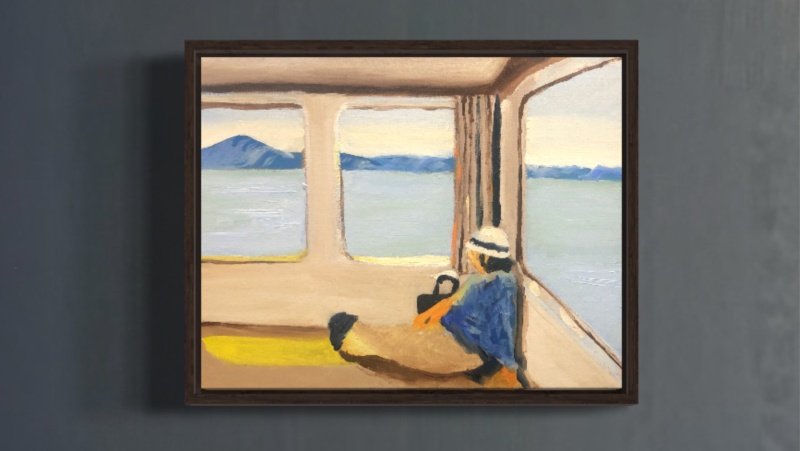
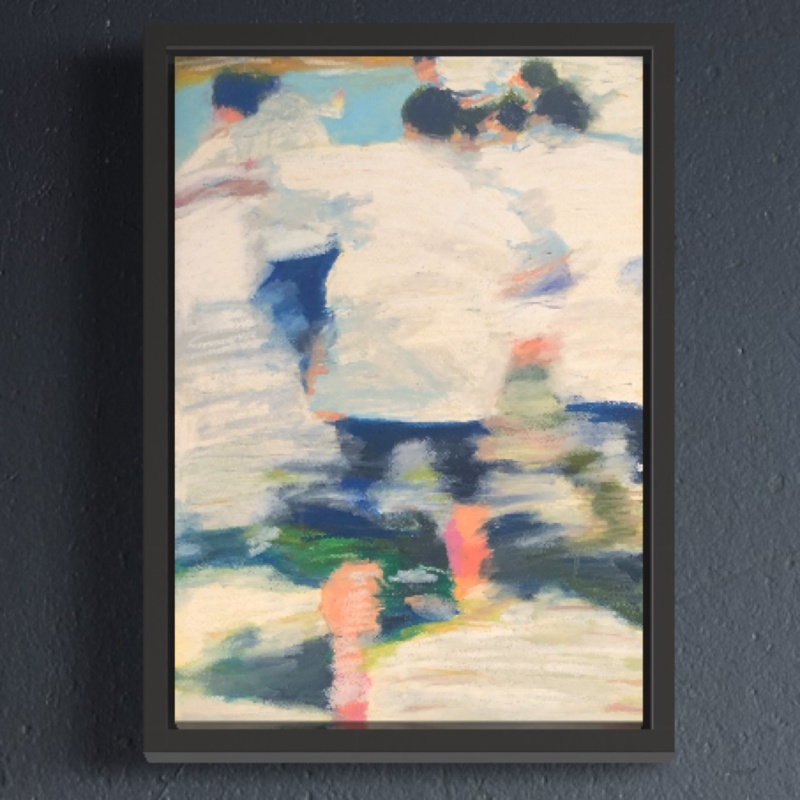
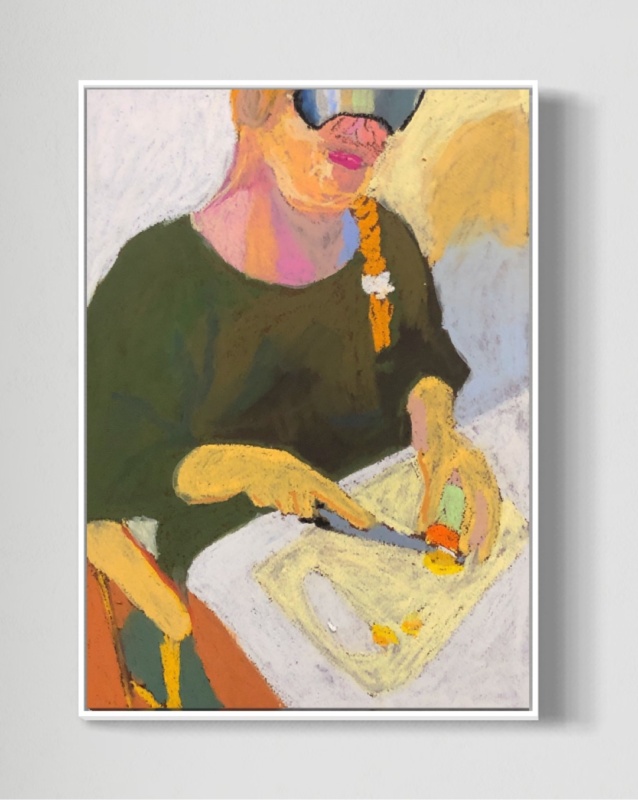
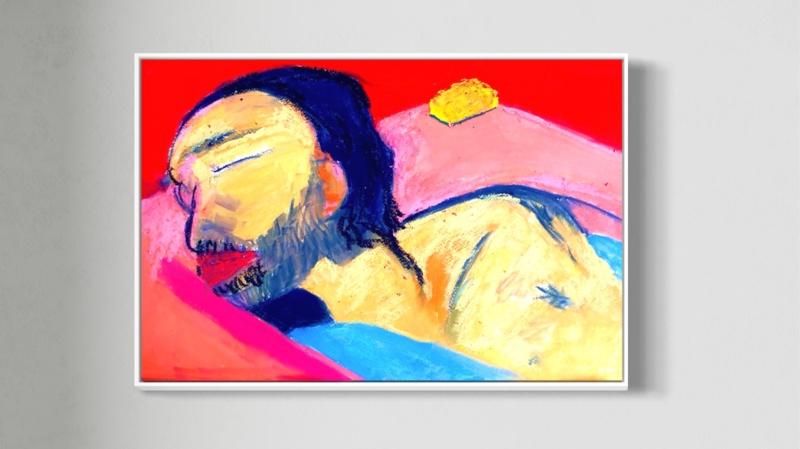
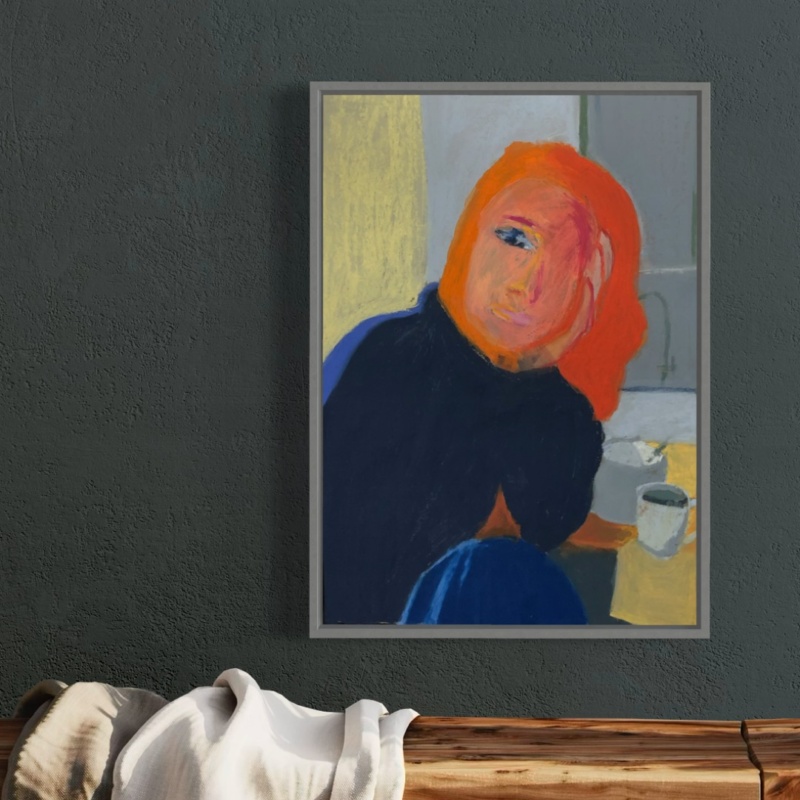
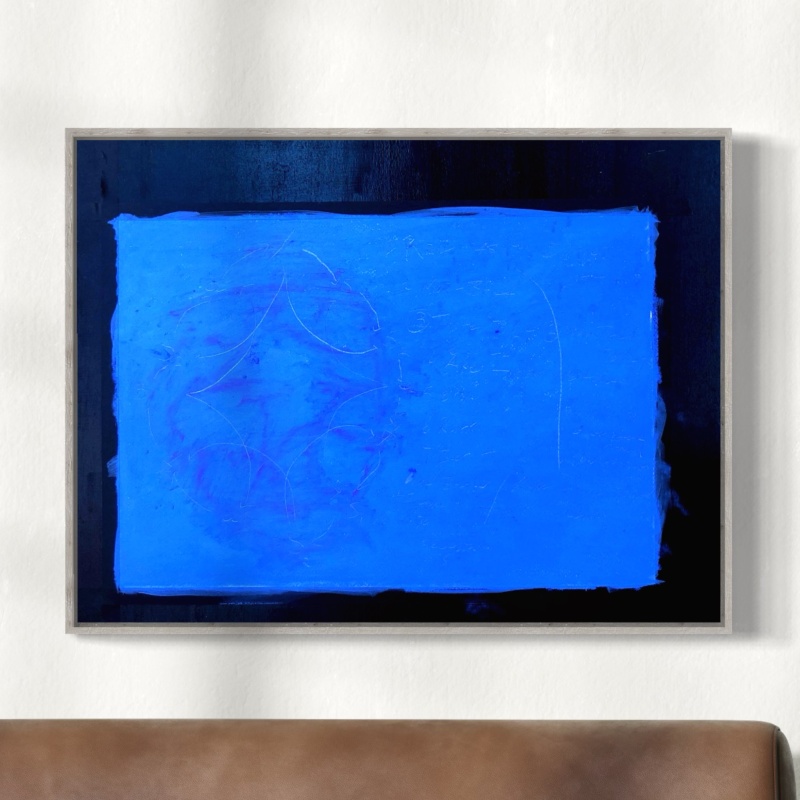
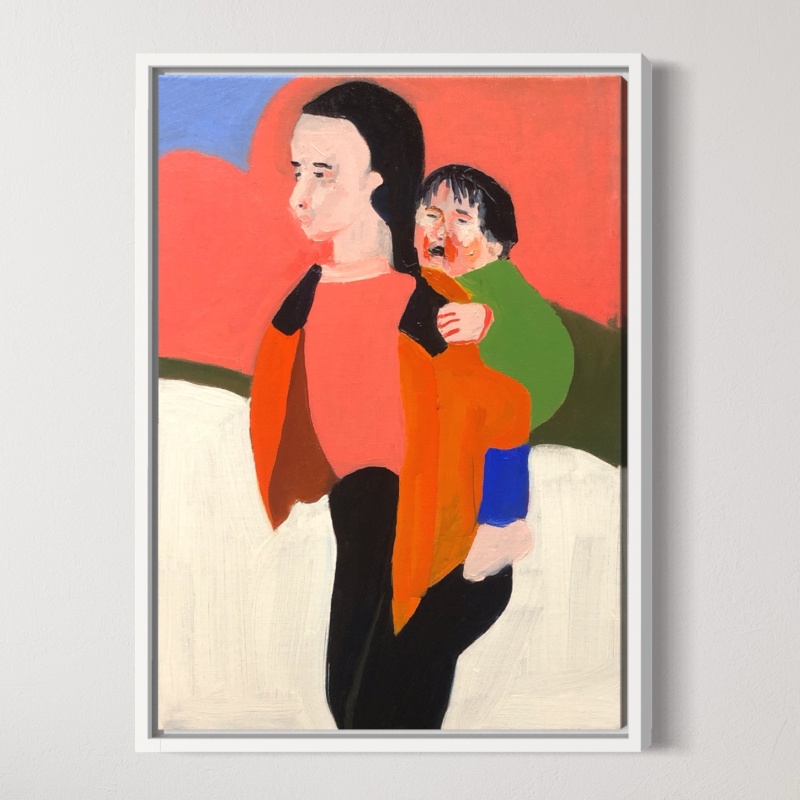
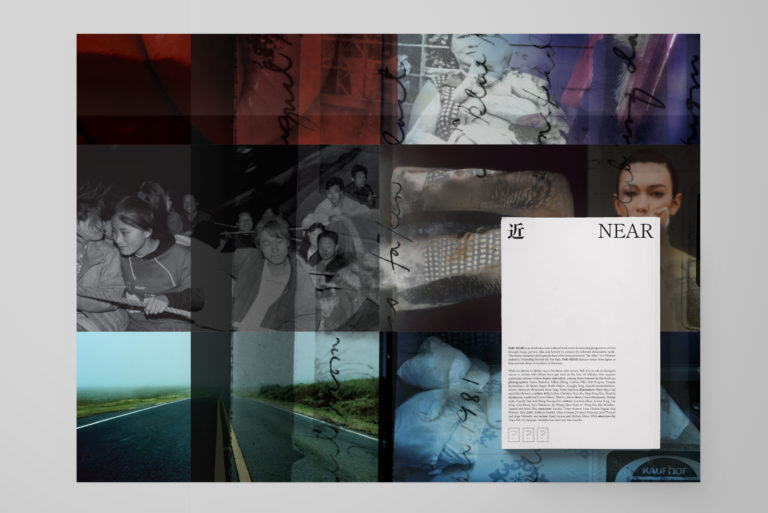
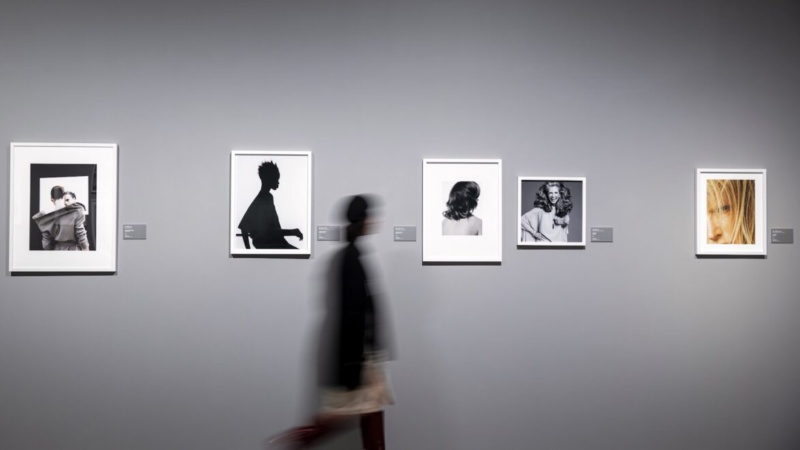
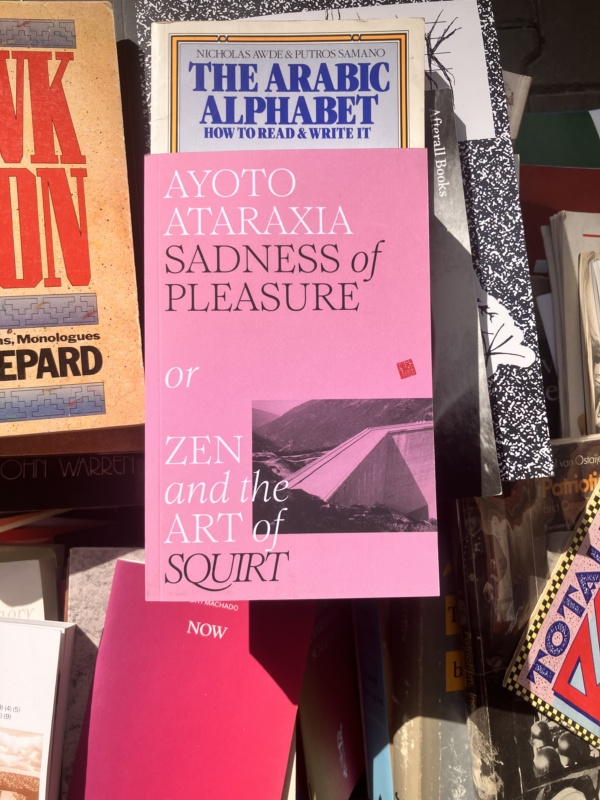
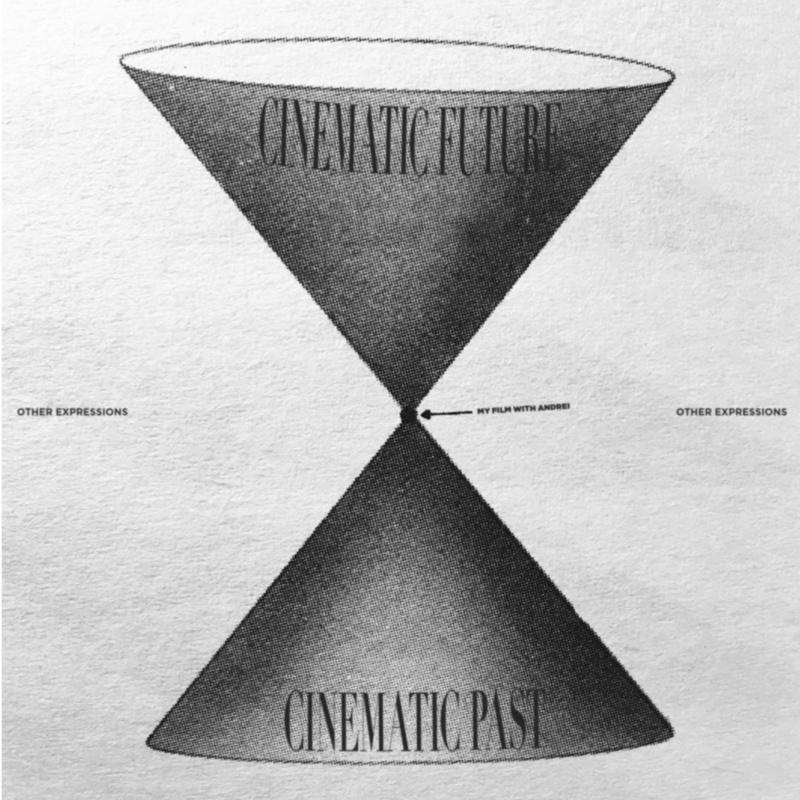
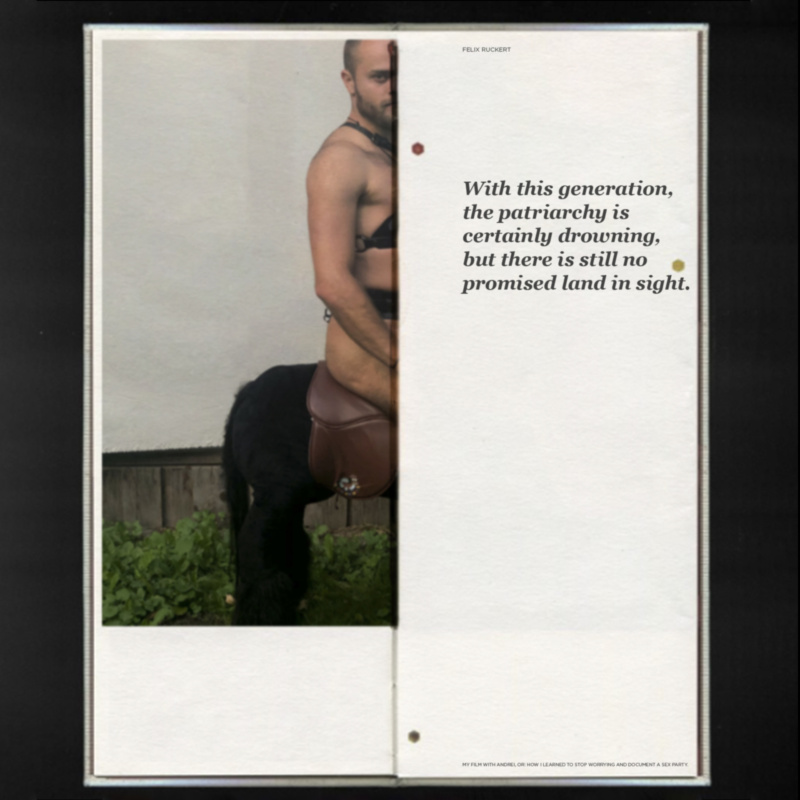
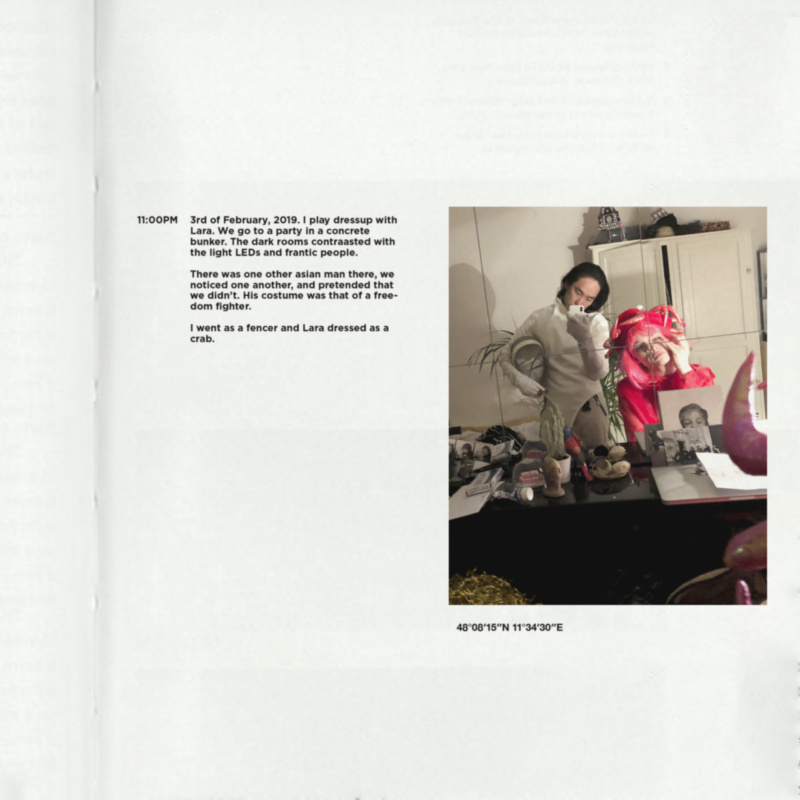
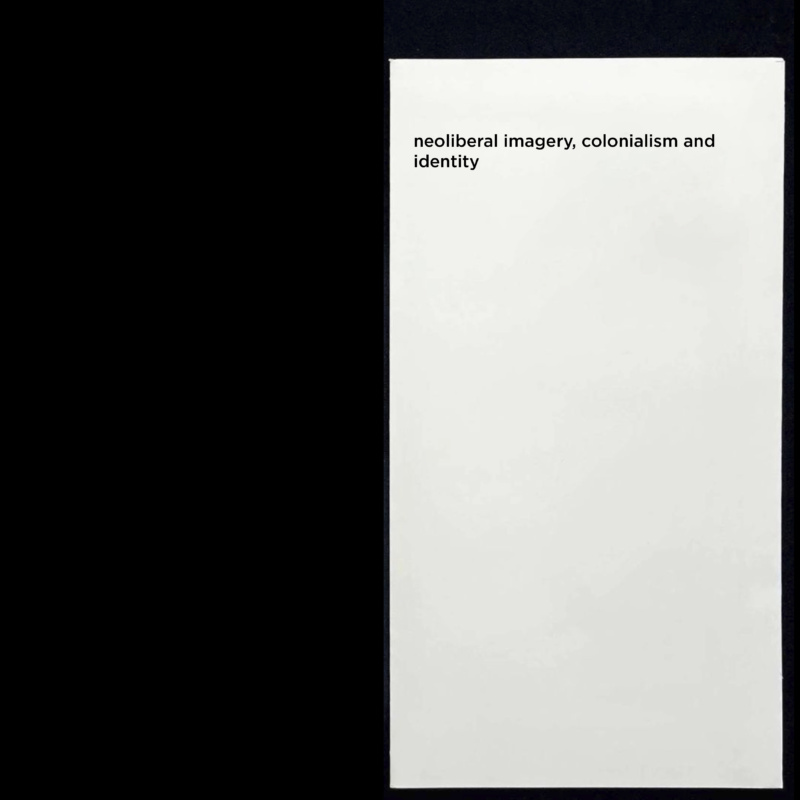
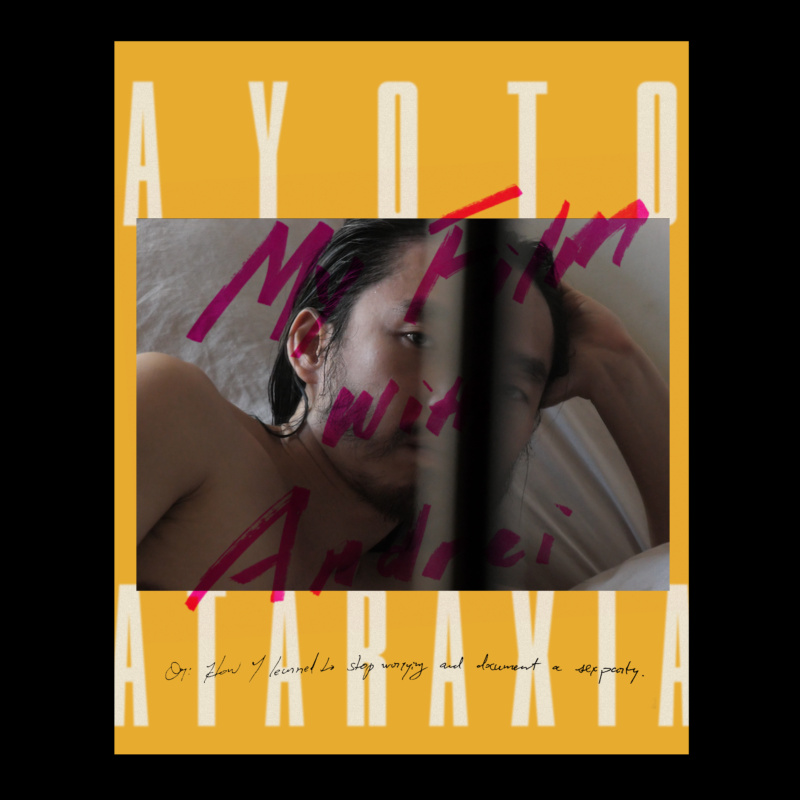
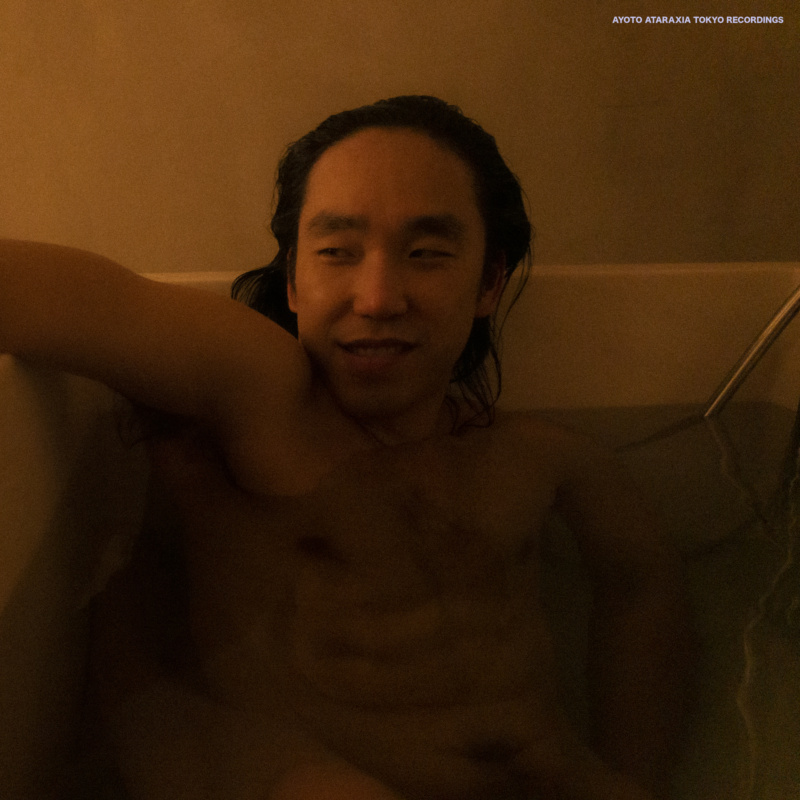
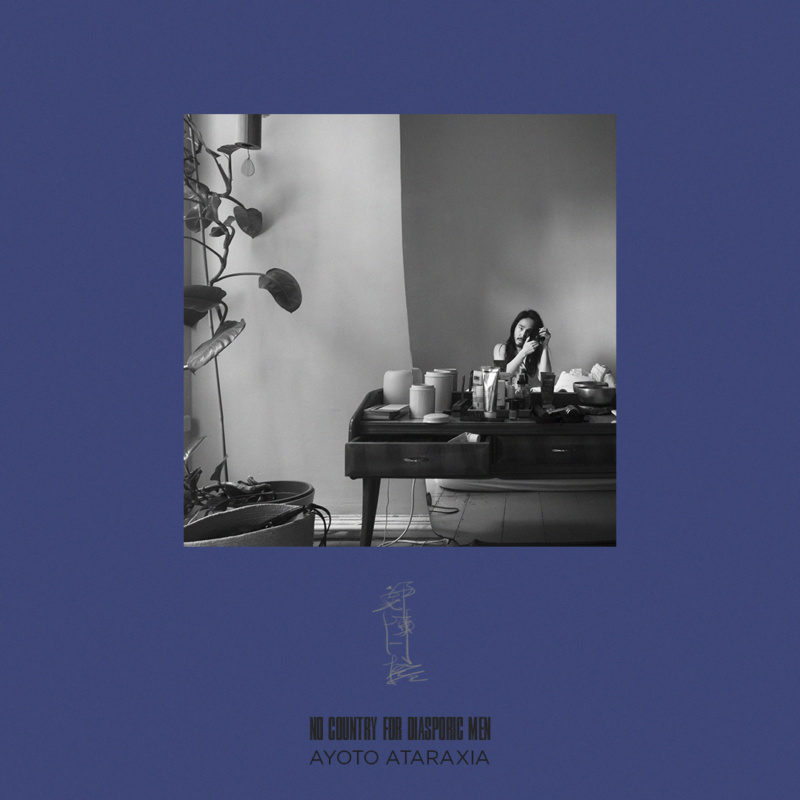
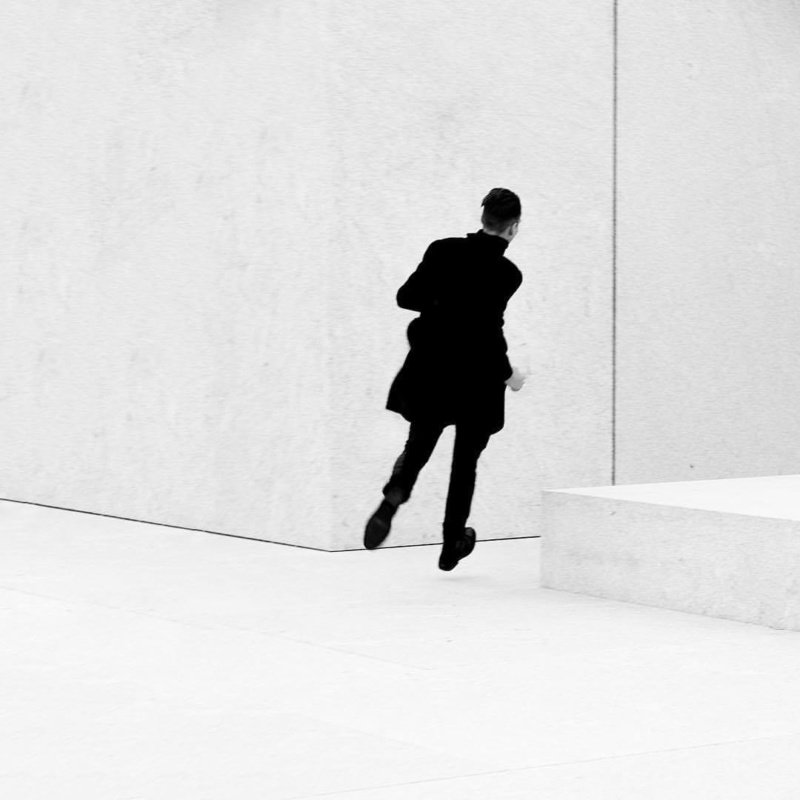
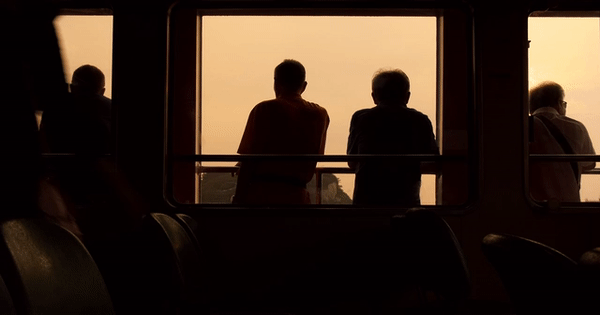
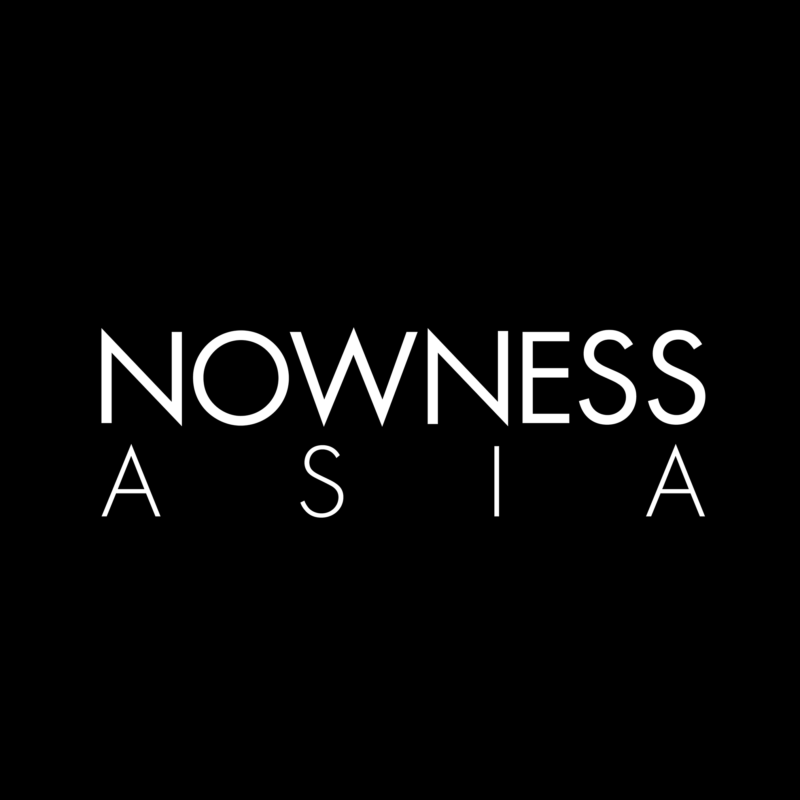
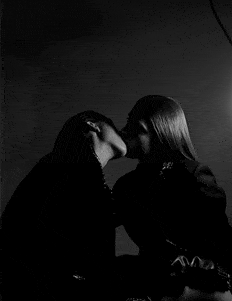
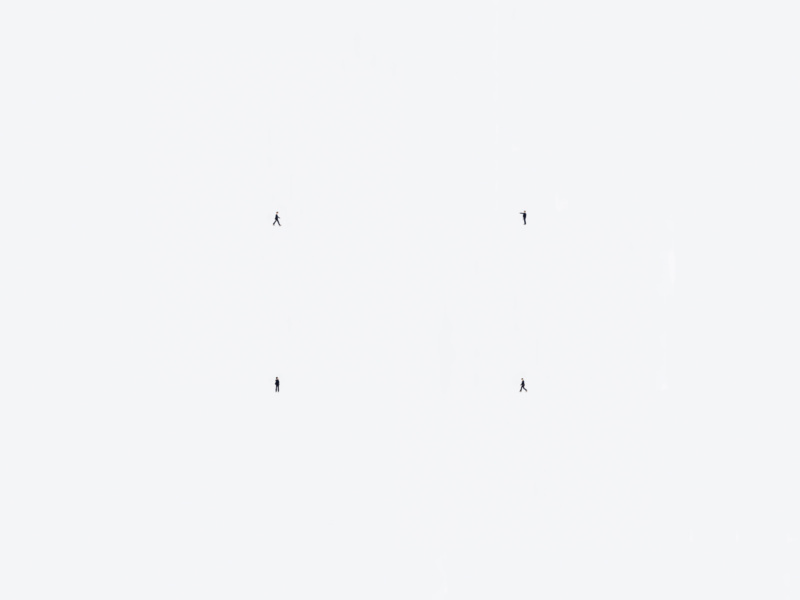
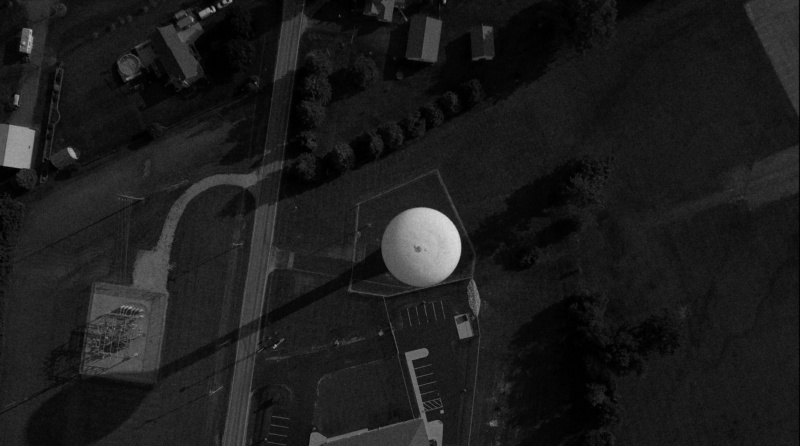
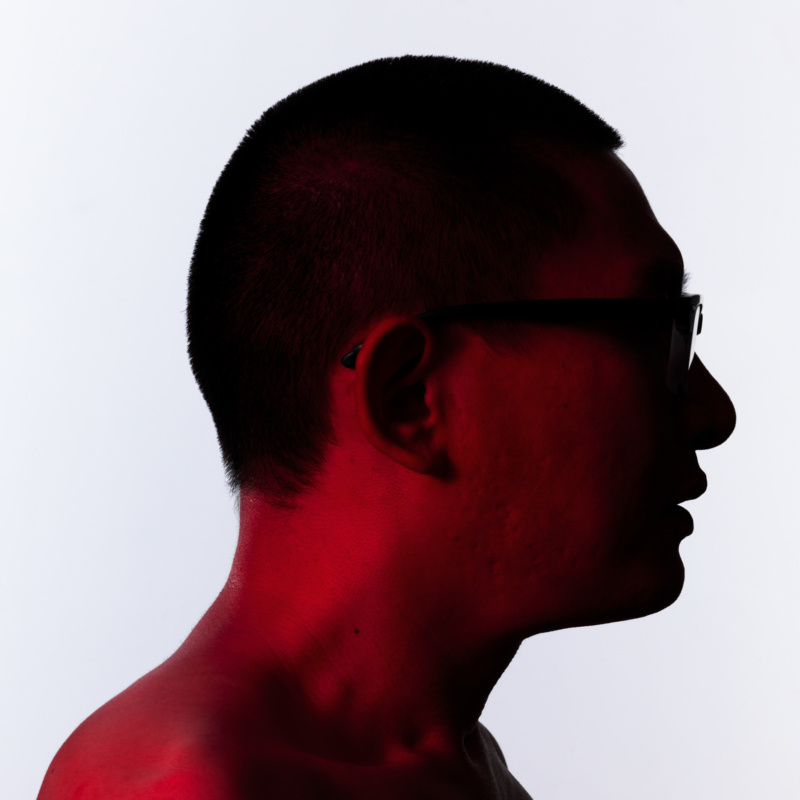
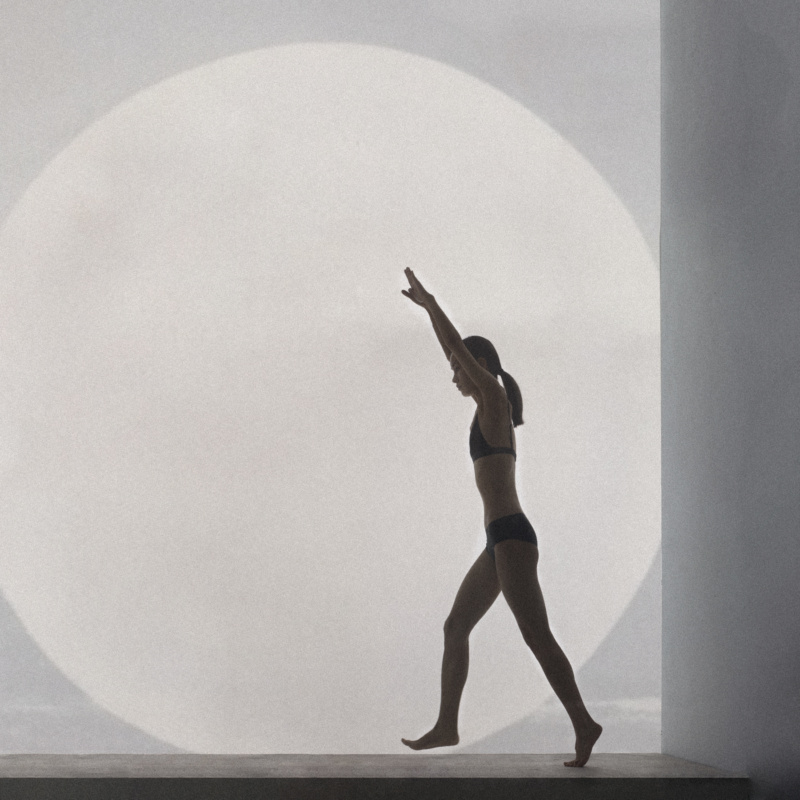
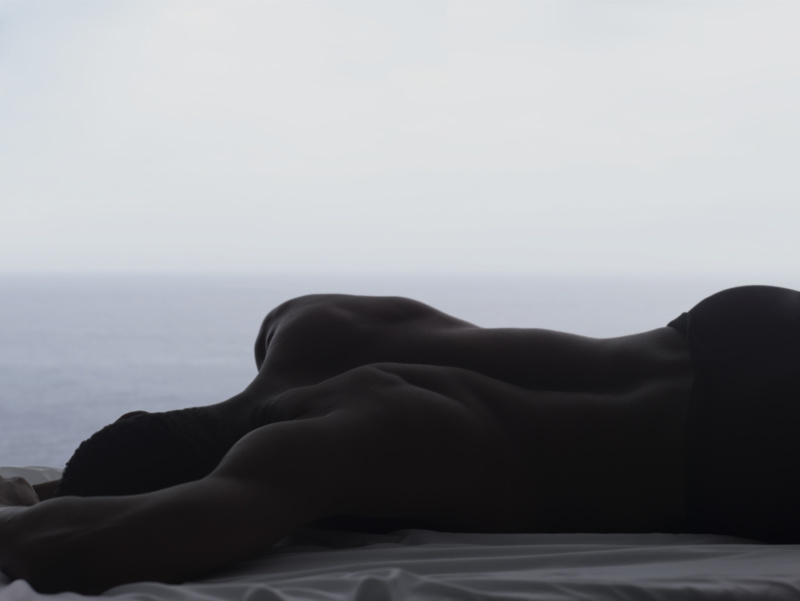
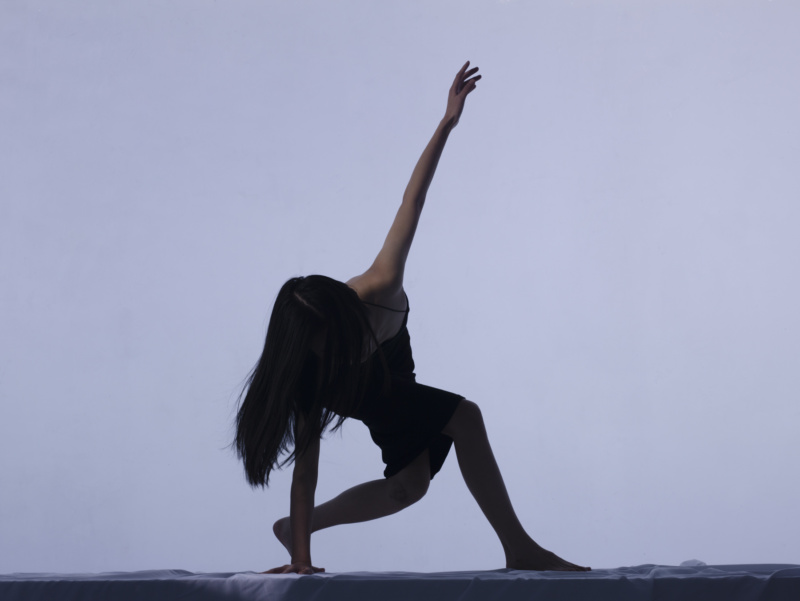
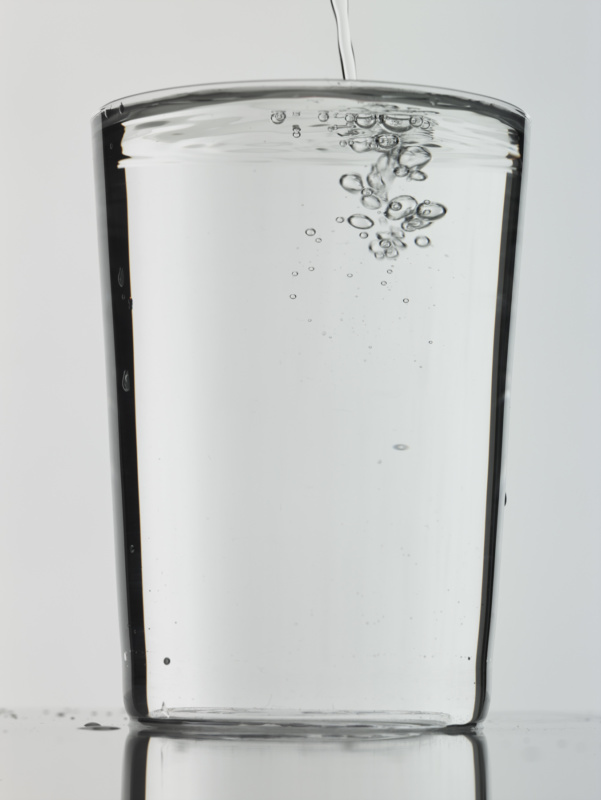
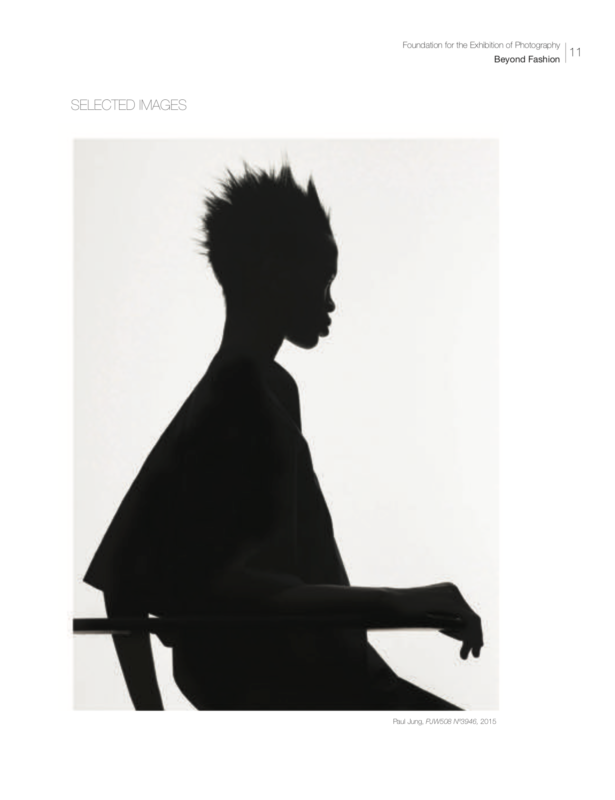
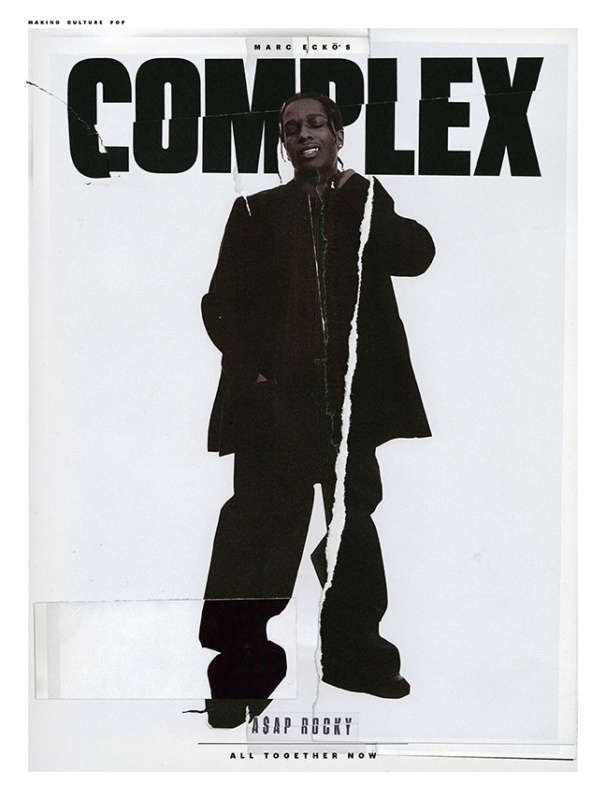
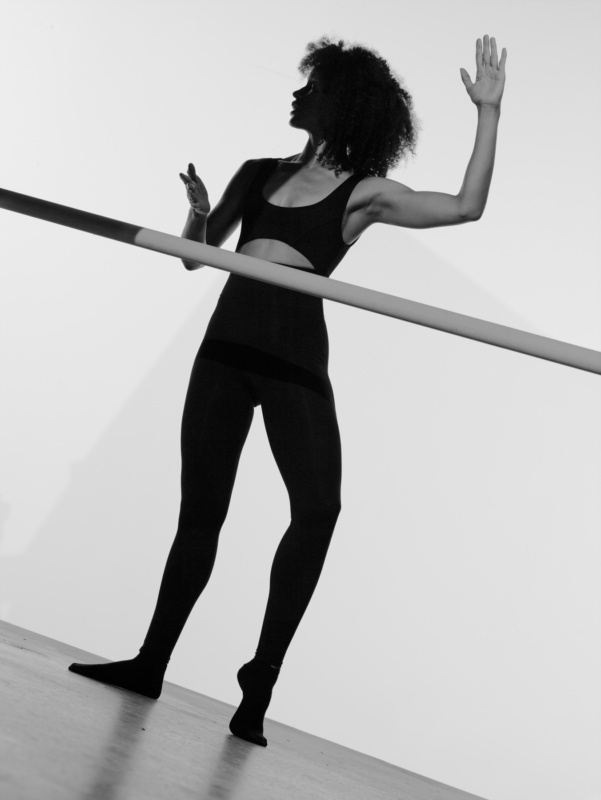
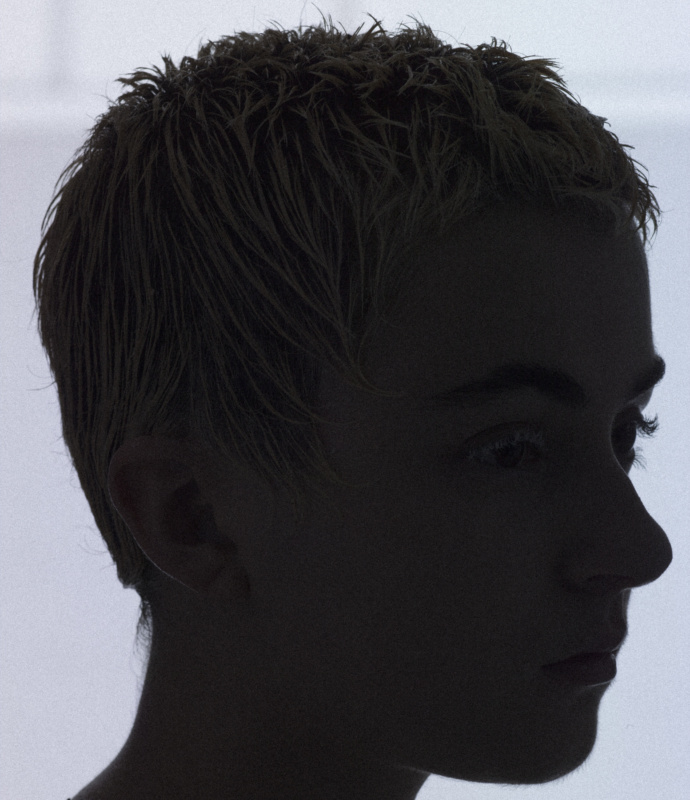
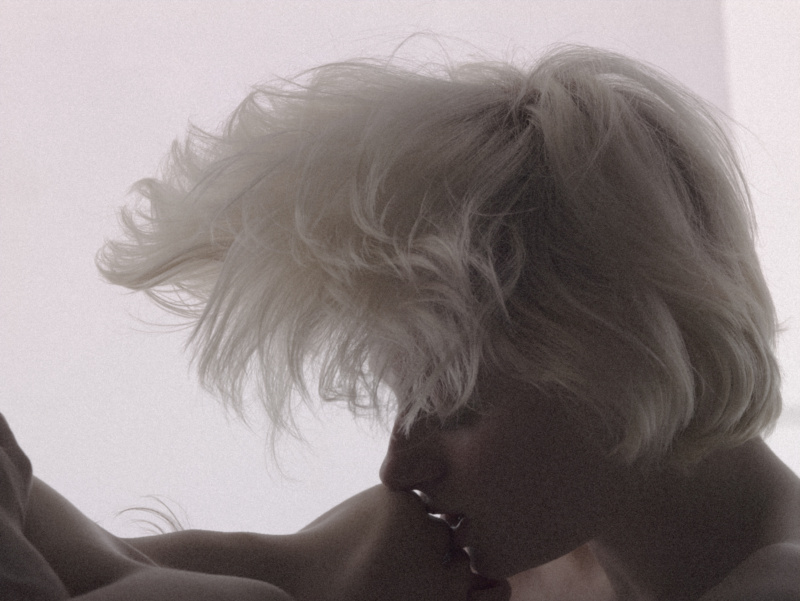
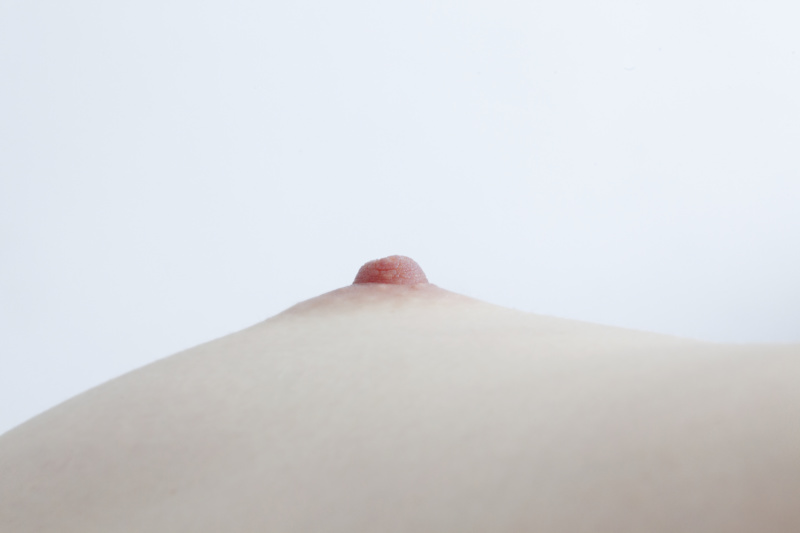
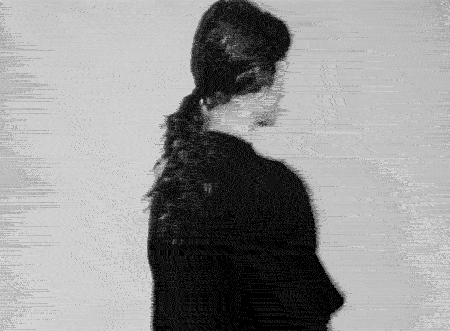
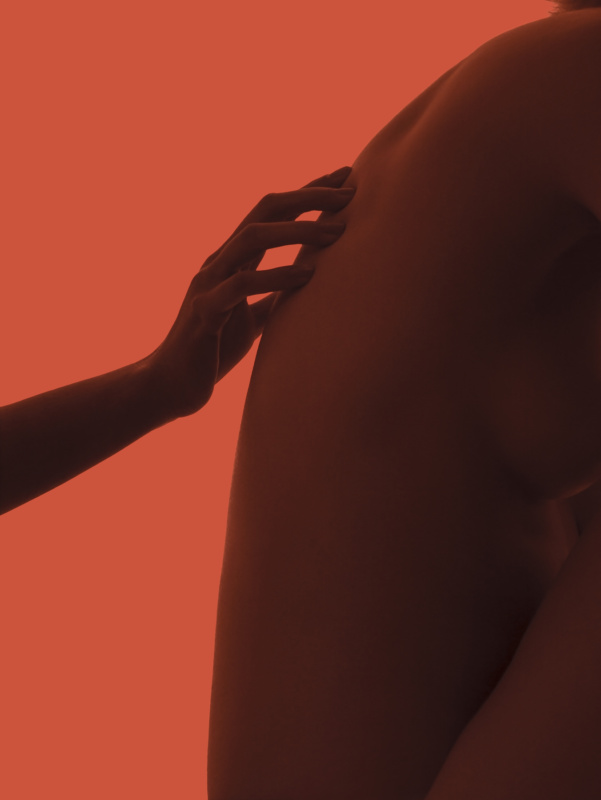
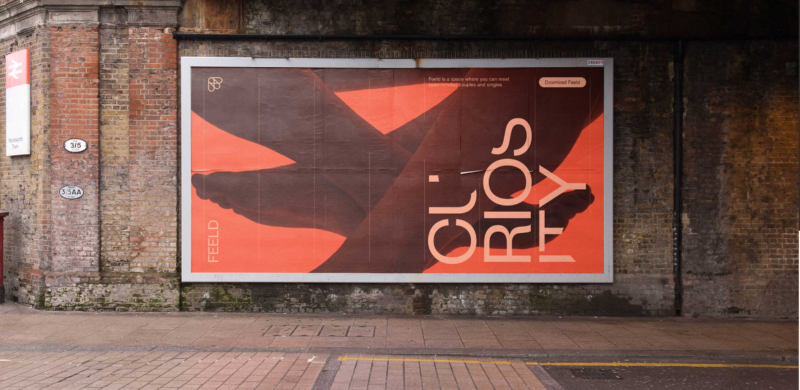
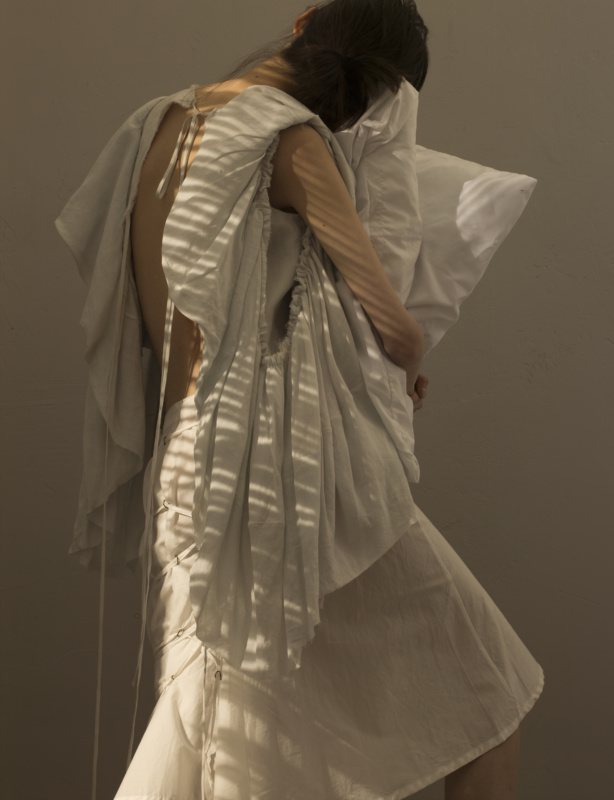
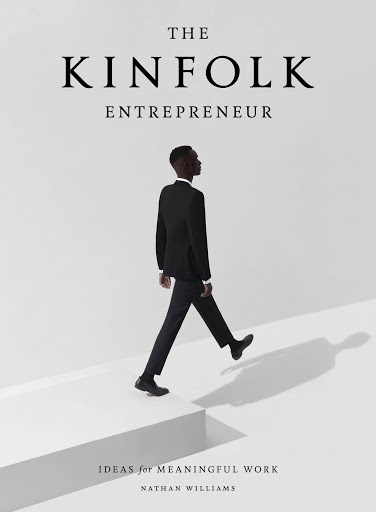
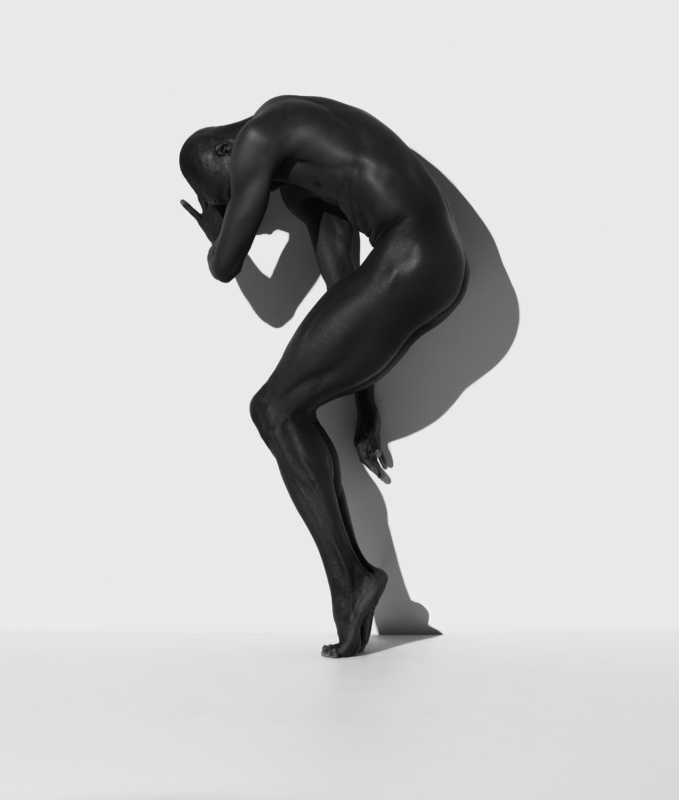
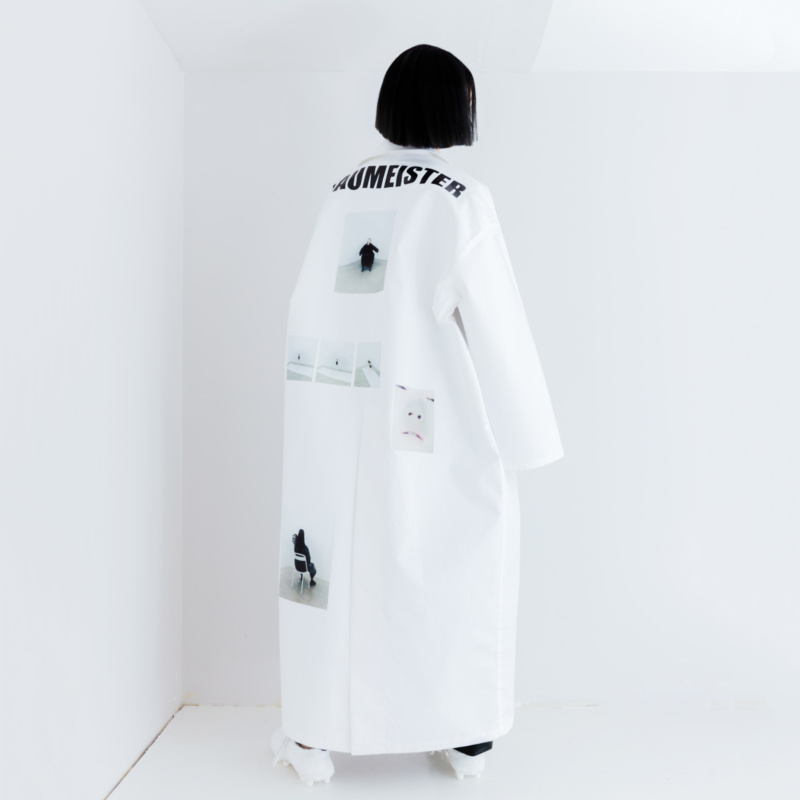
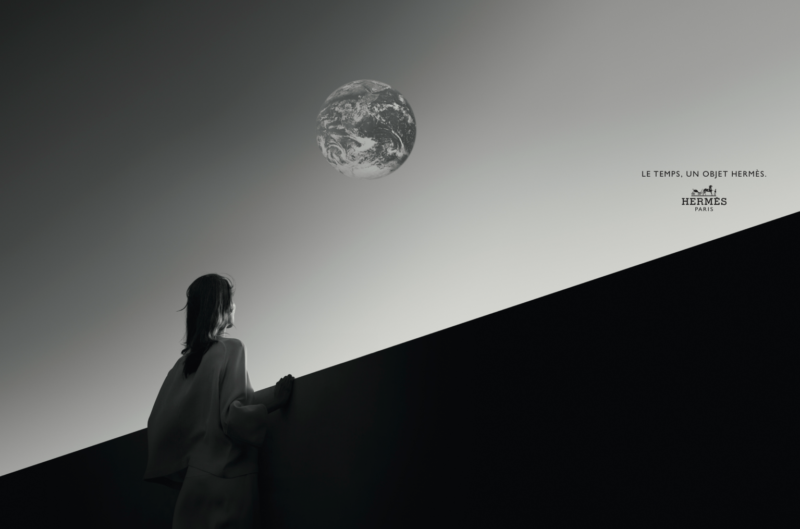

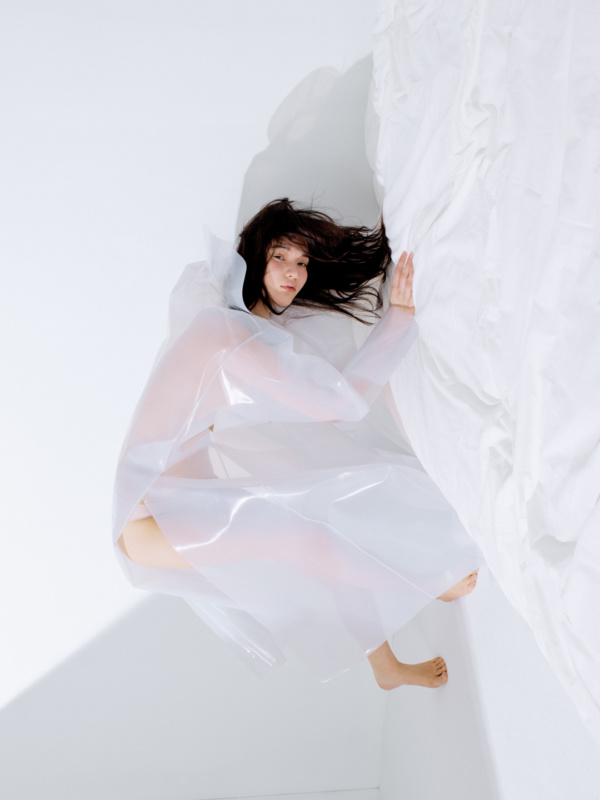
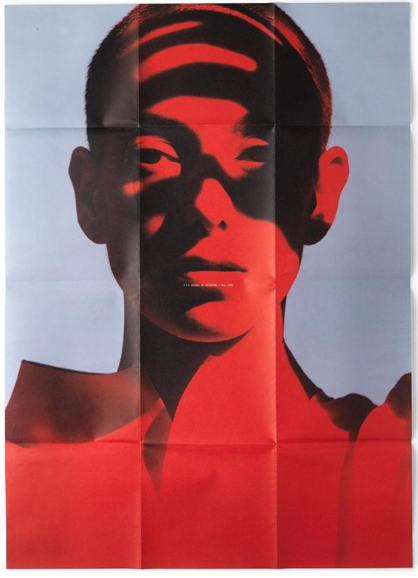
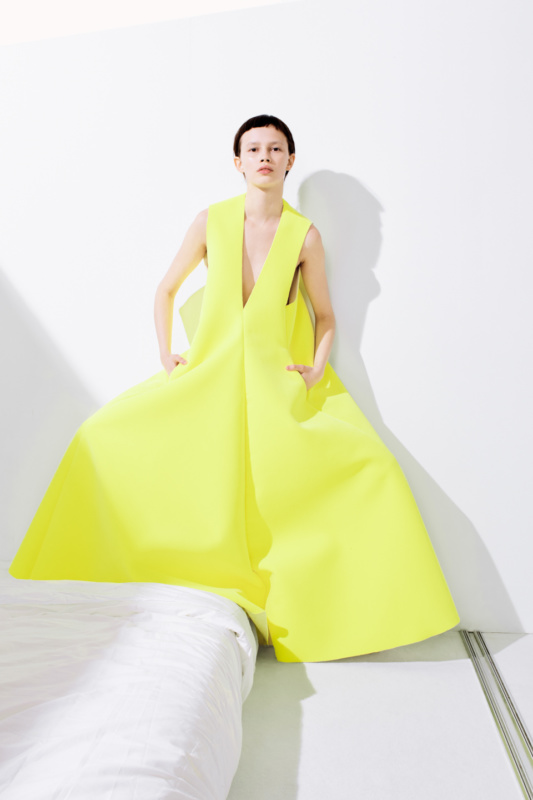
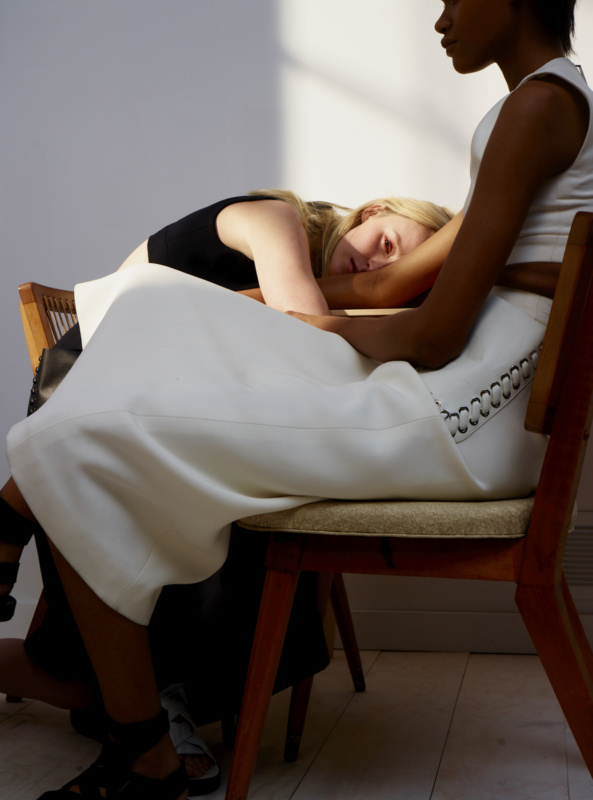
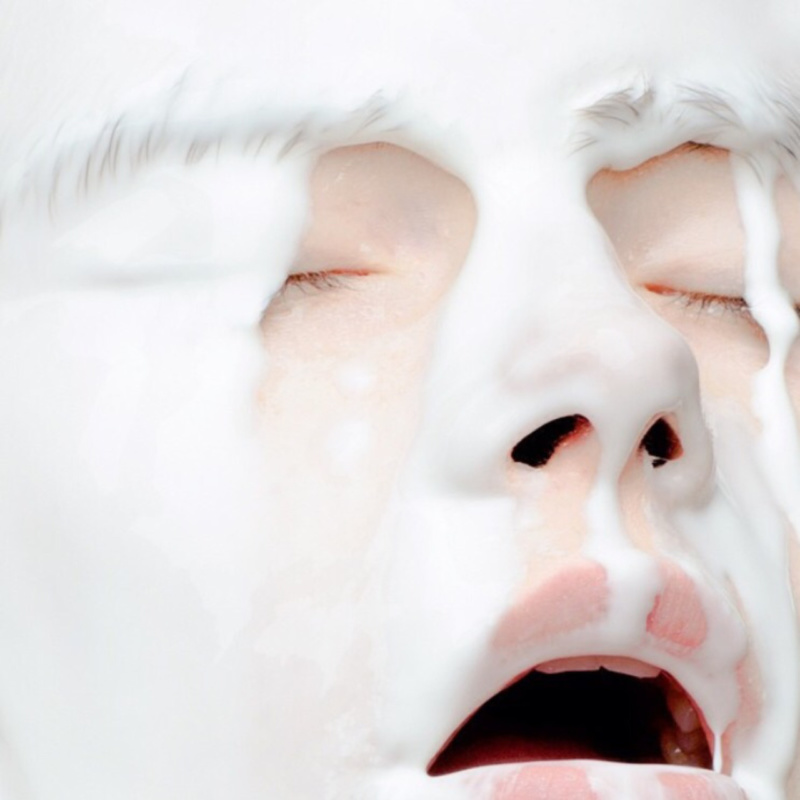
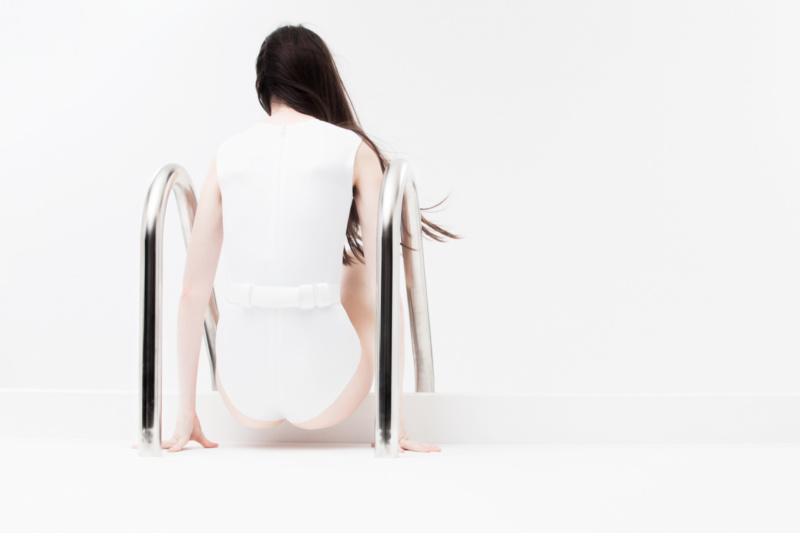
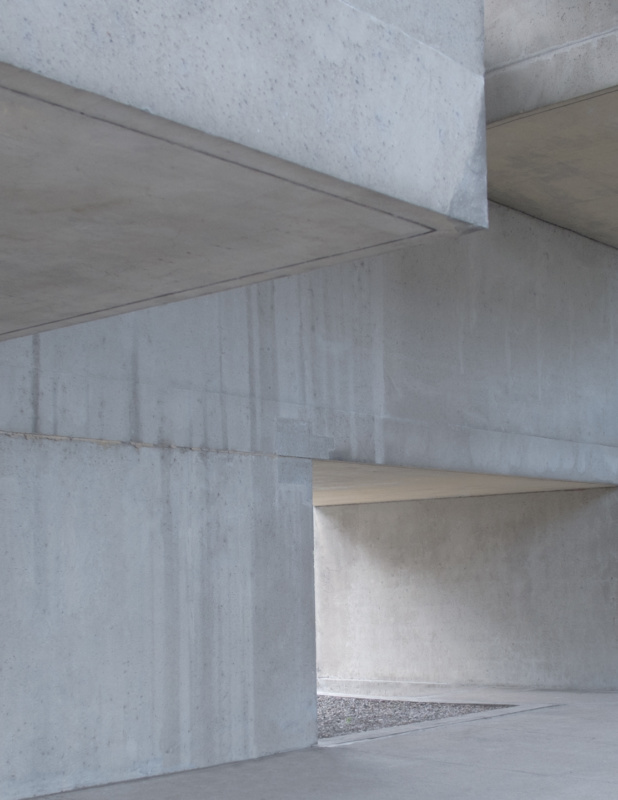
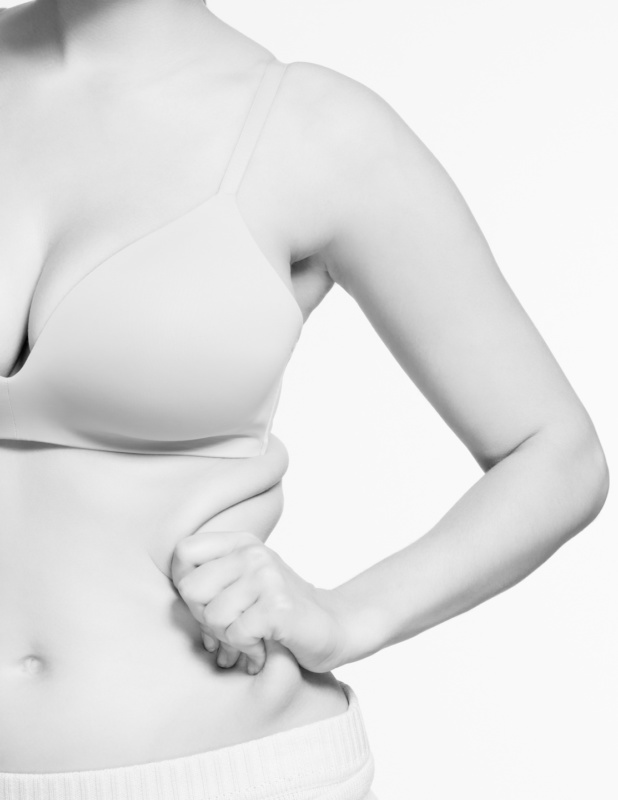
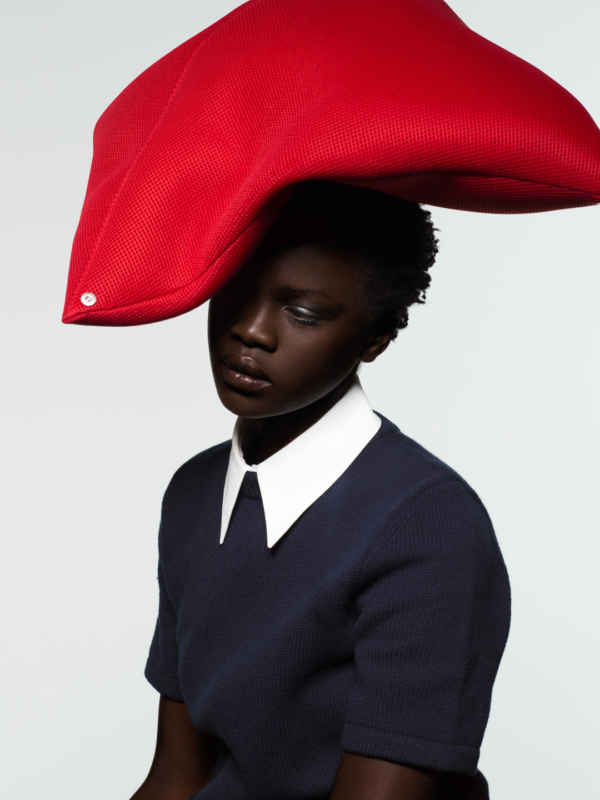
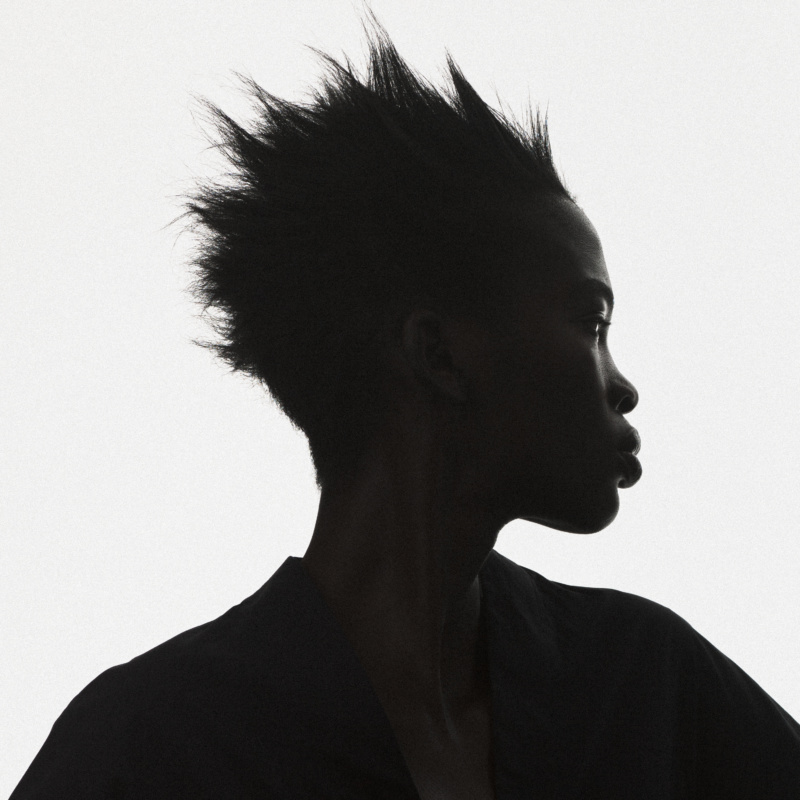
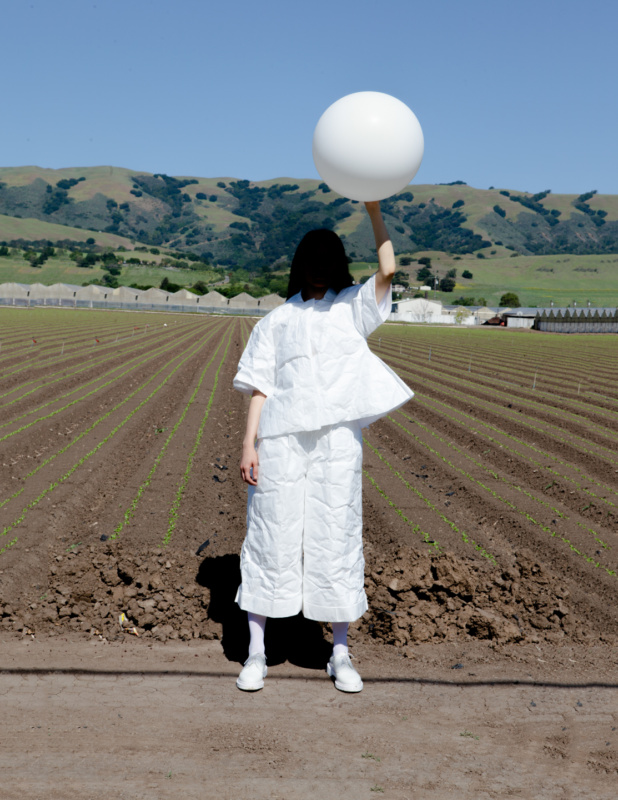
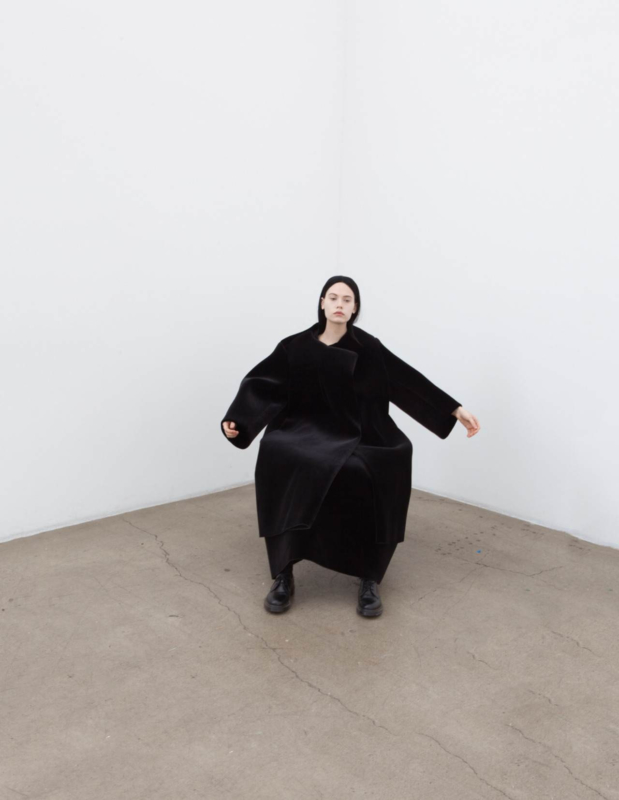
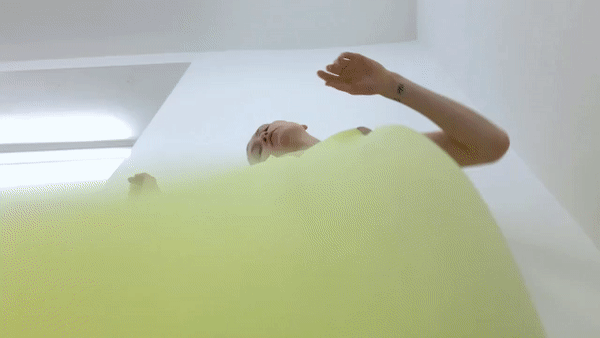
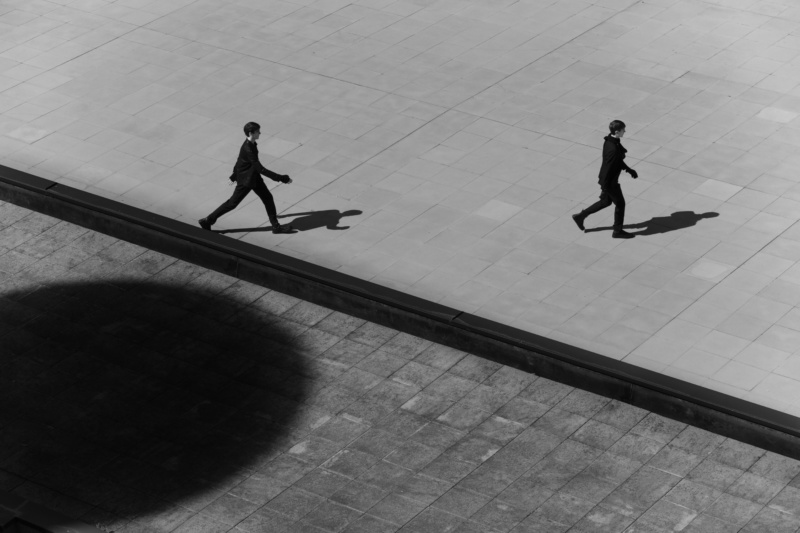
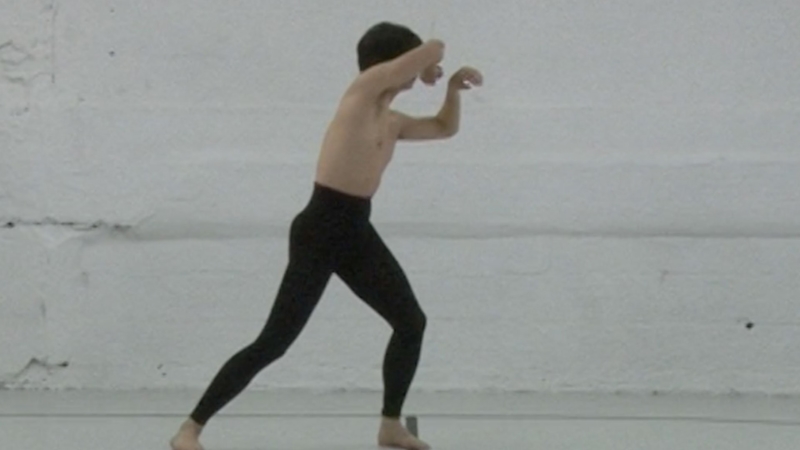
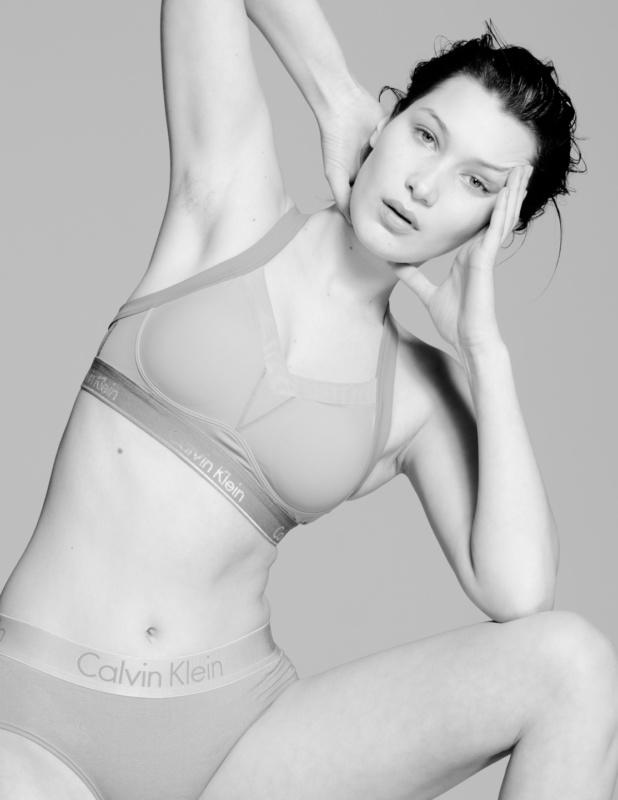
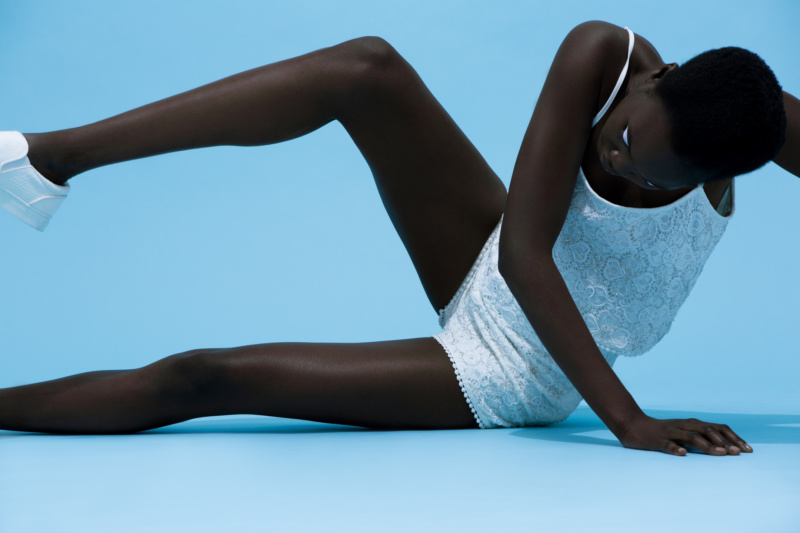
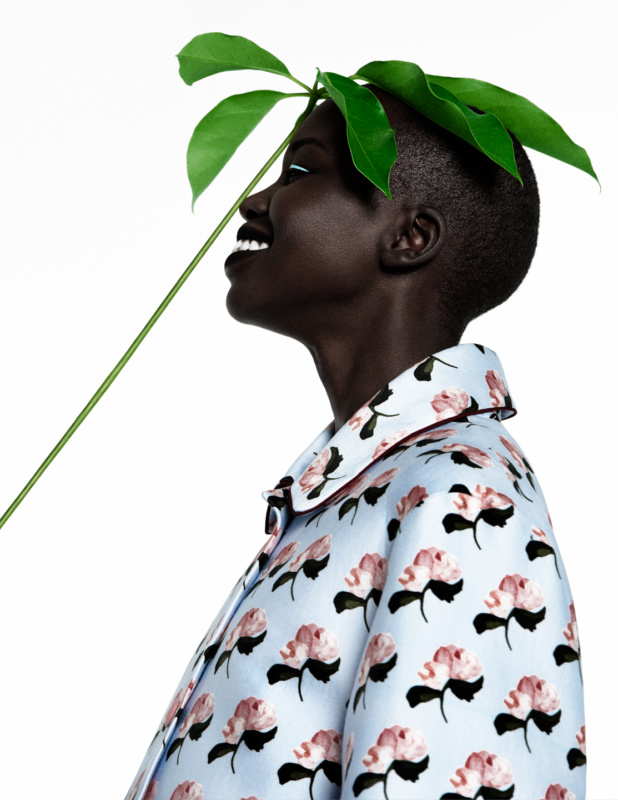
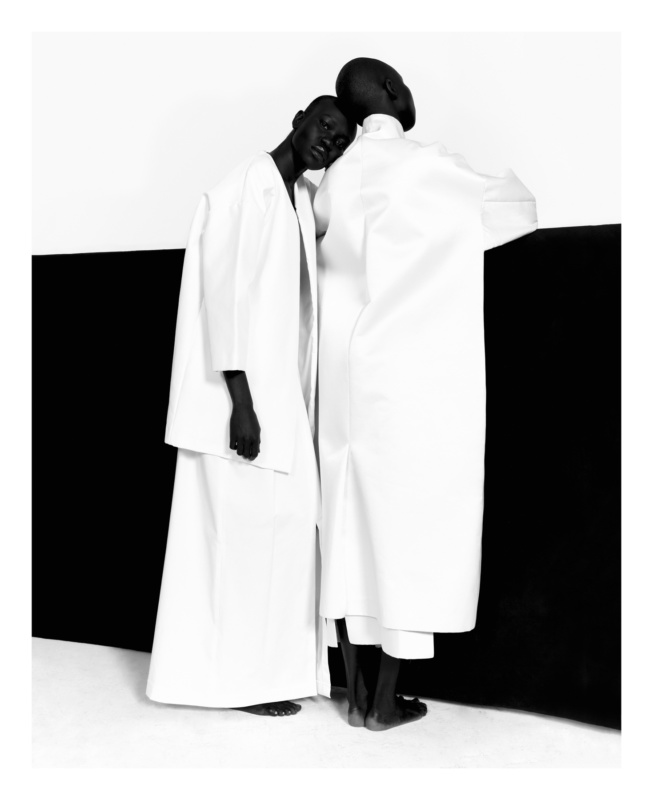
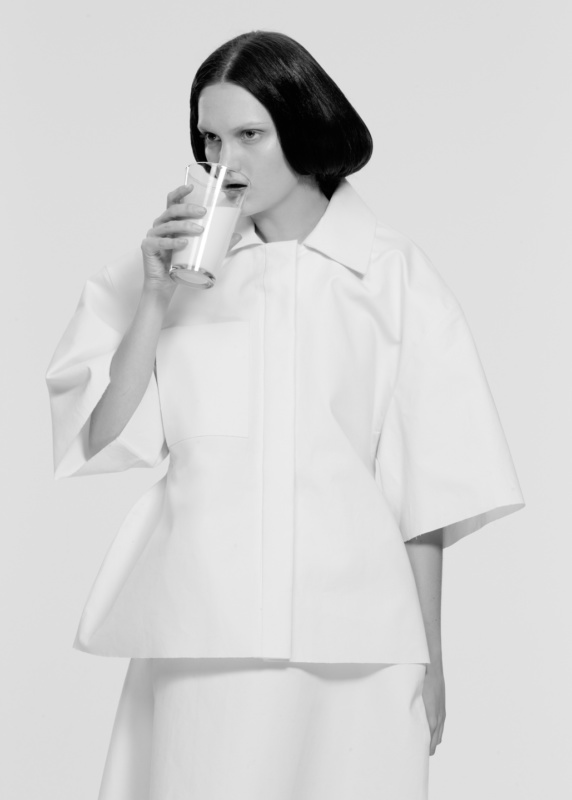
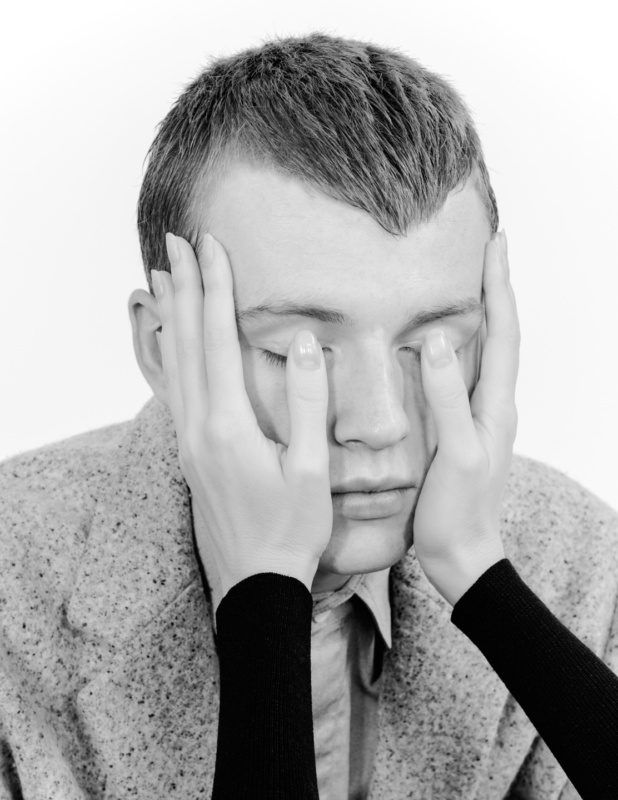
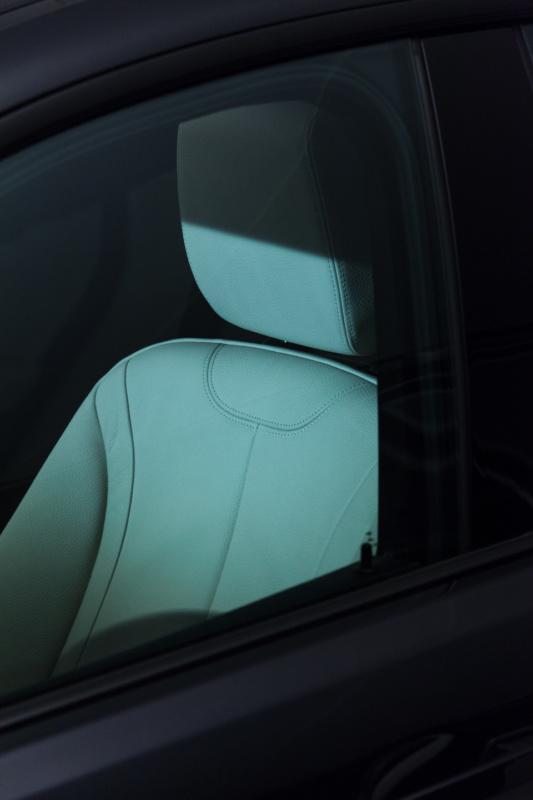
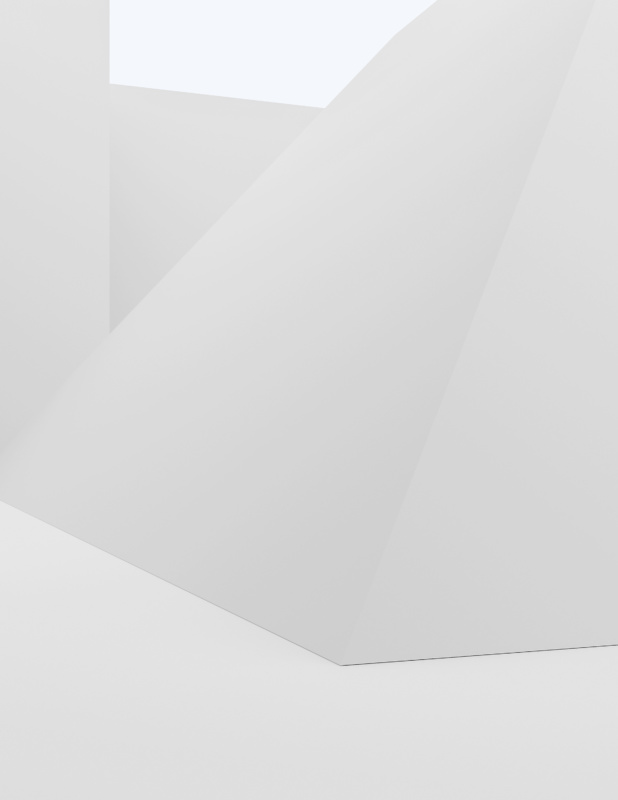
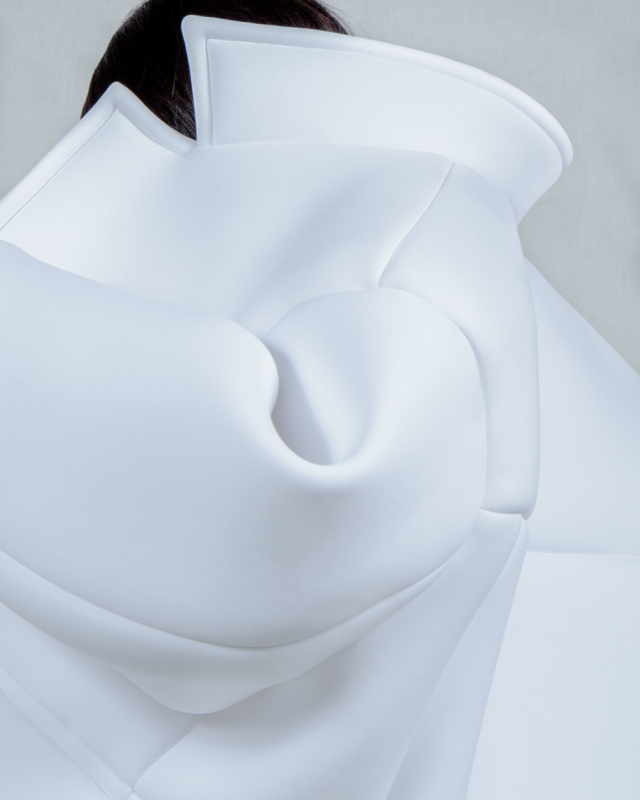
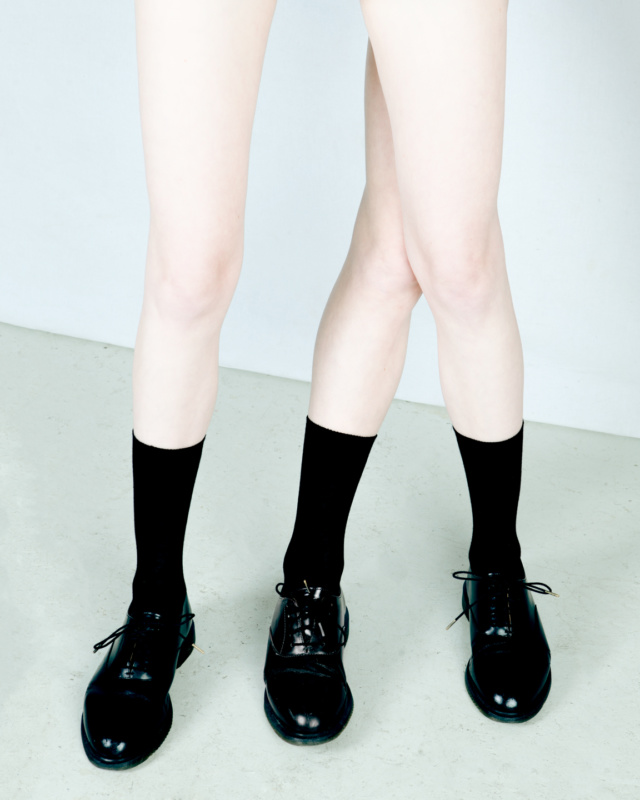
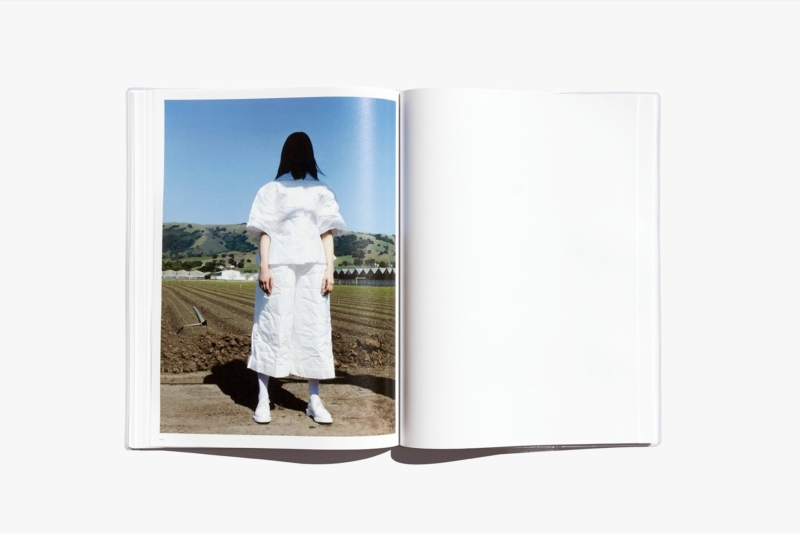
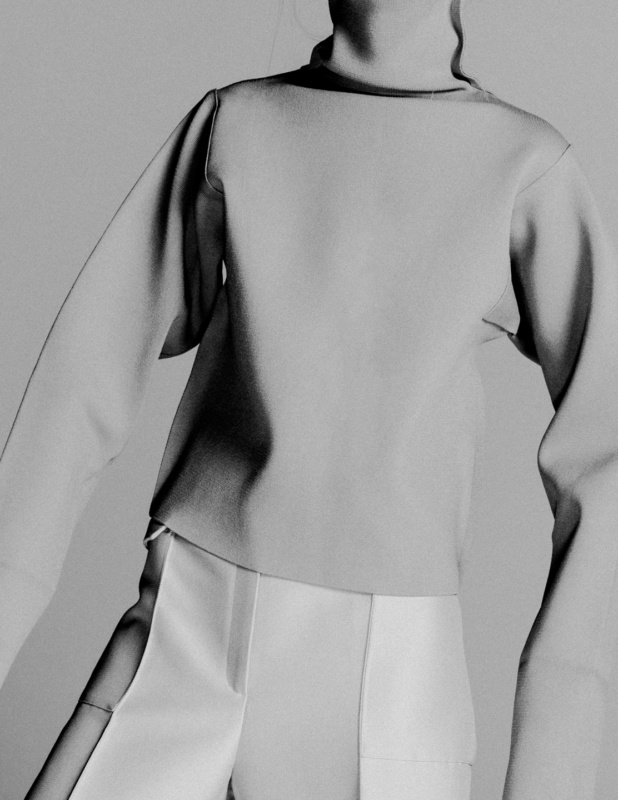
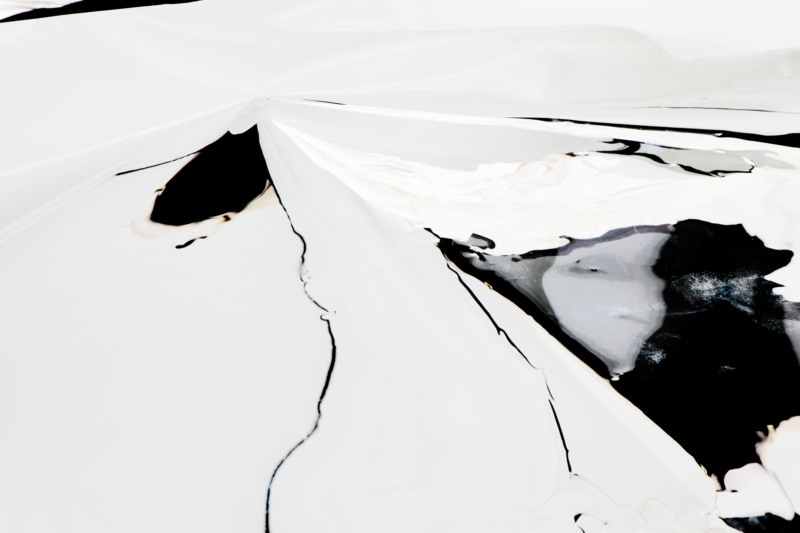
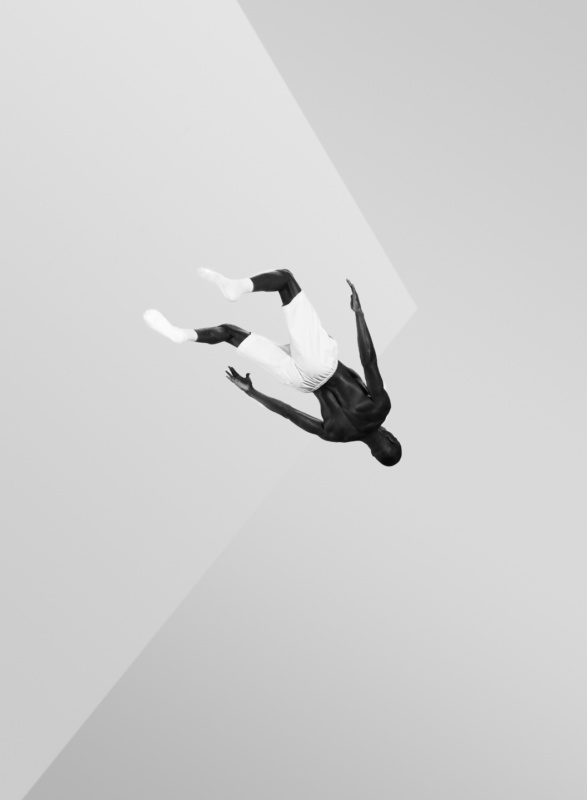
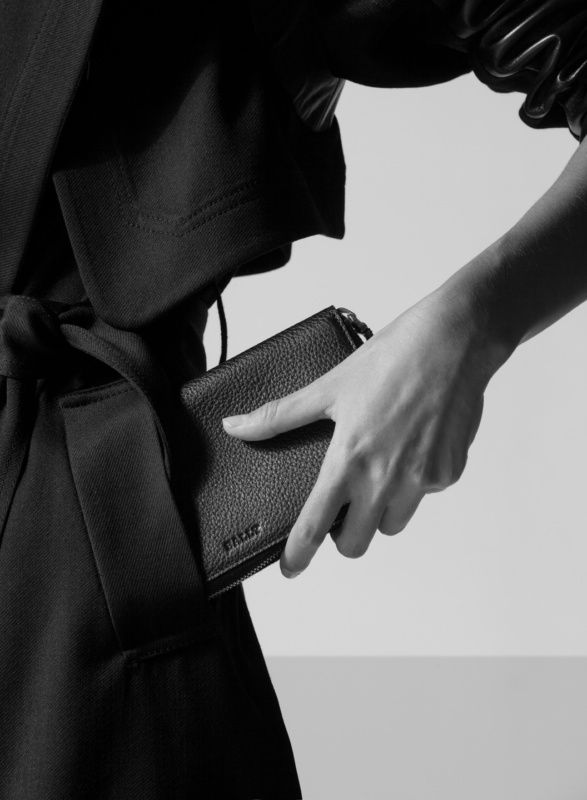
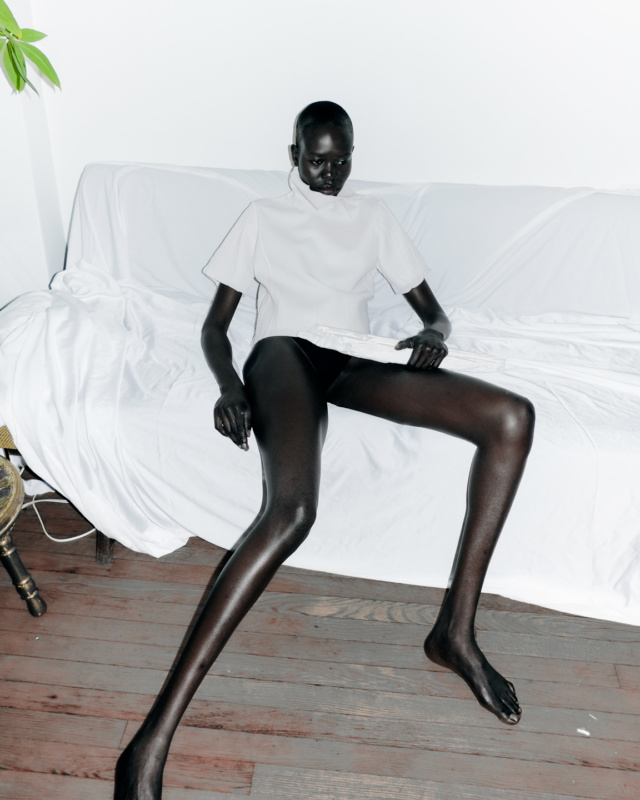
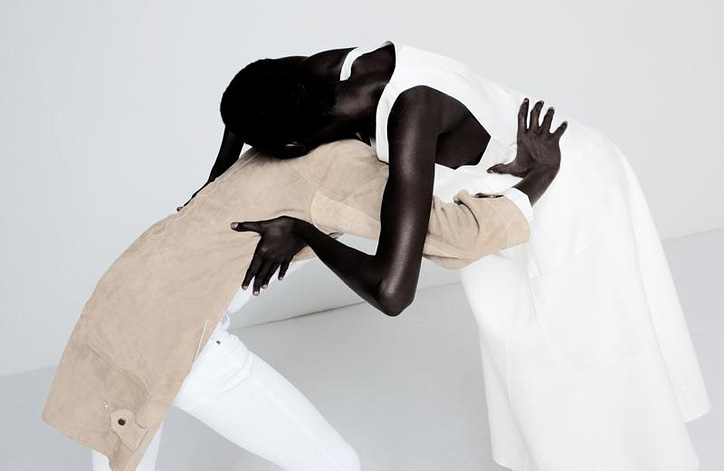
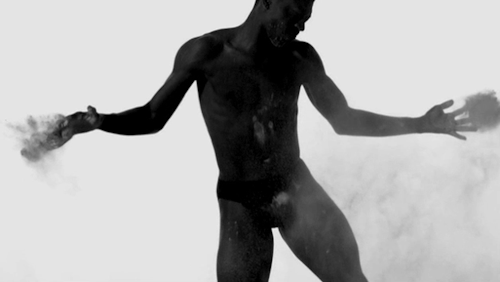
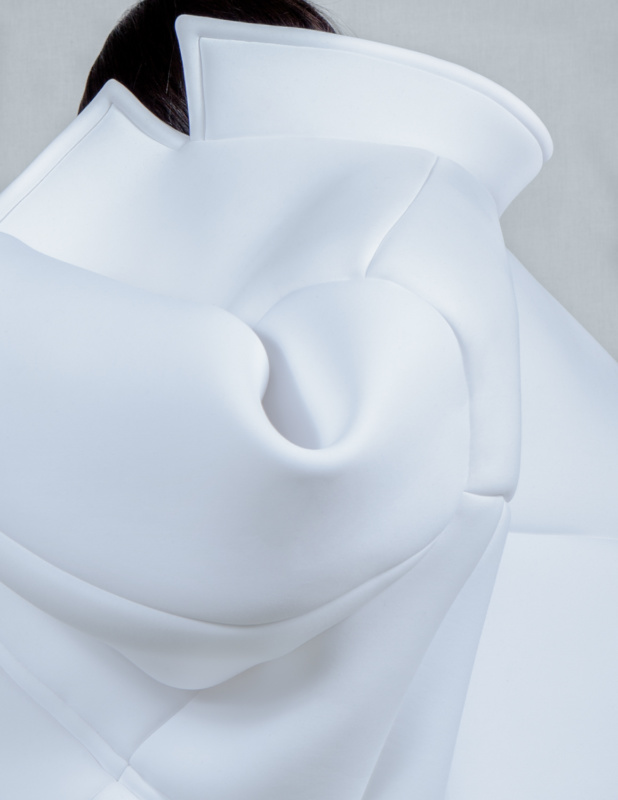
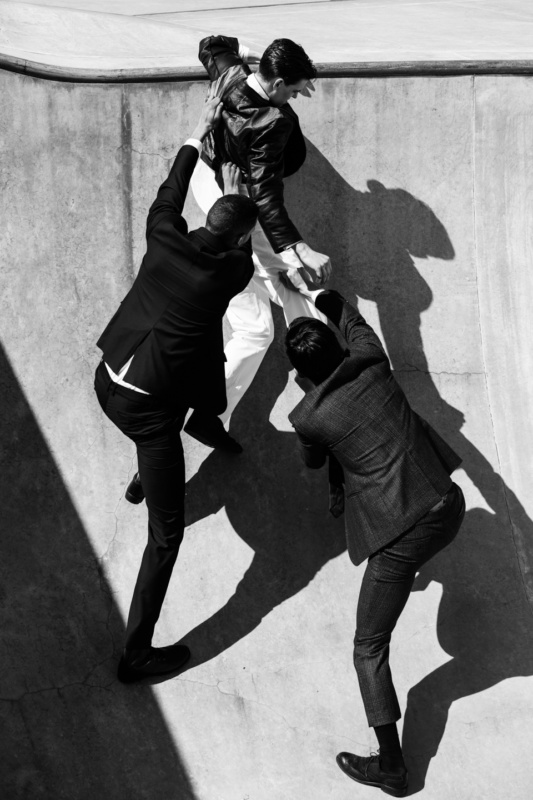
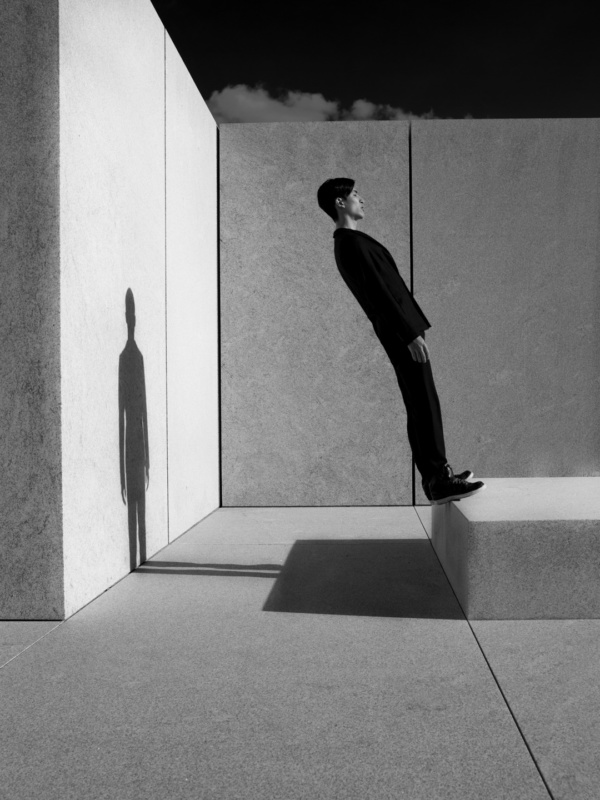
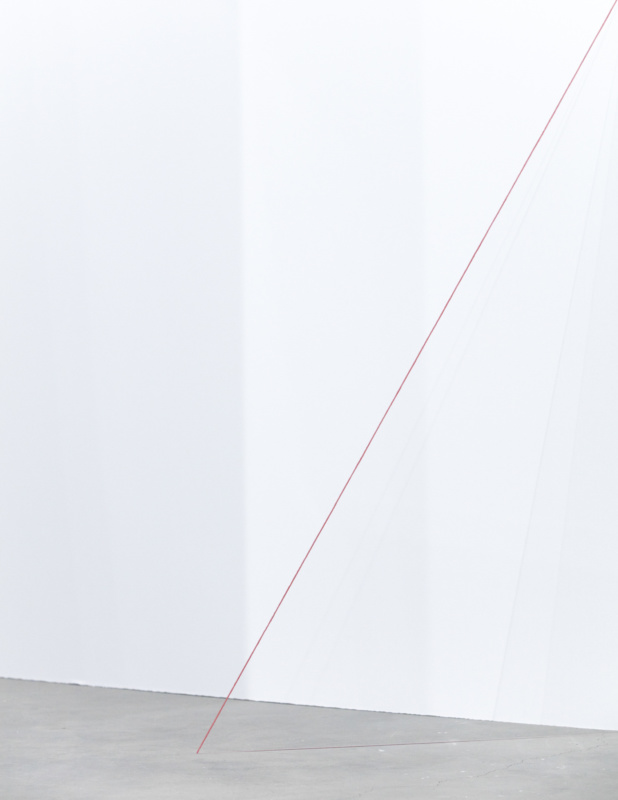
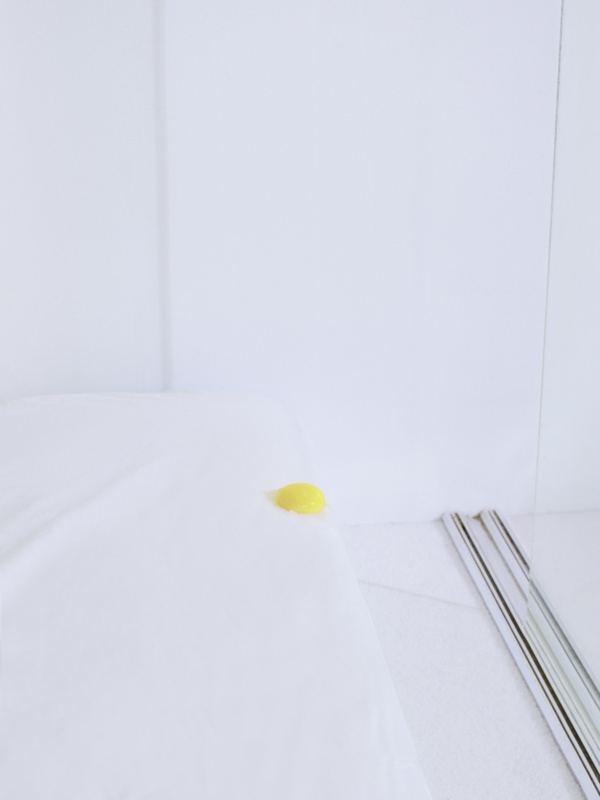
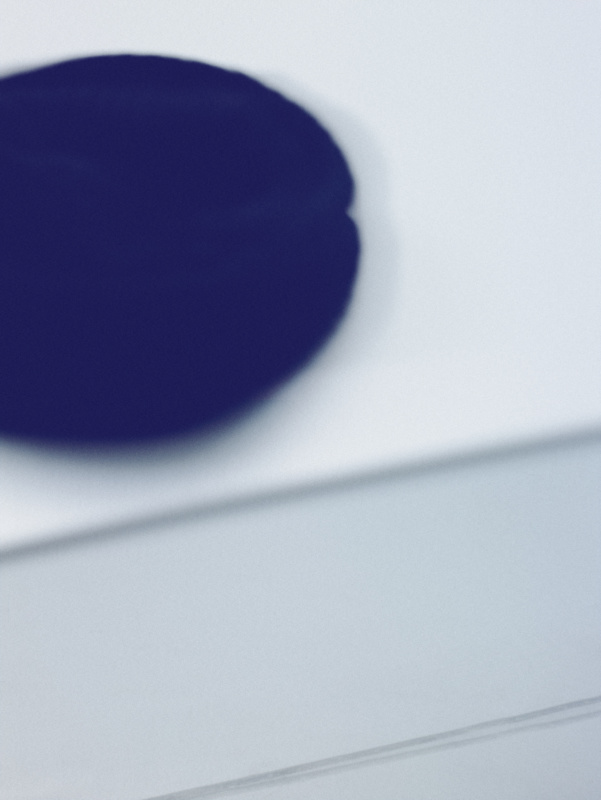
Appendix
Credits
NAVIGATION
( F ) for fullscreen
← → for slide navigation
↑ ↓ for entry navigation
Drag to adjust horizontal and vertical dividers for different sizes.